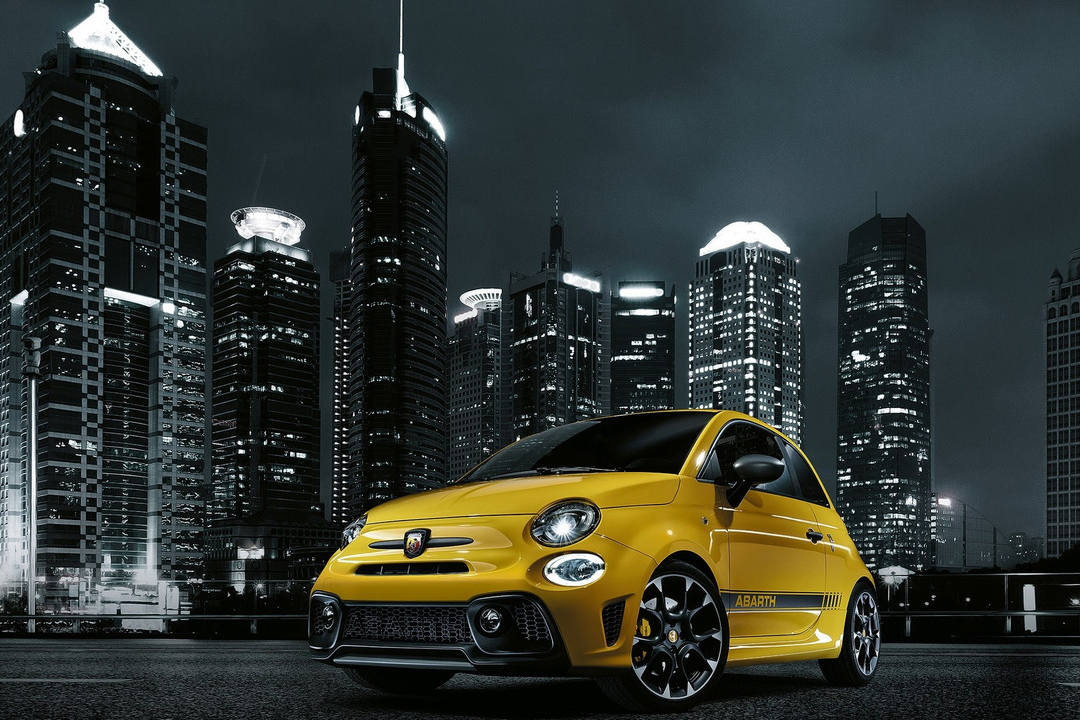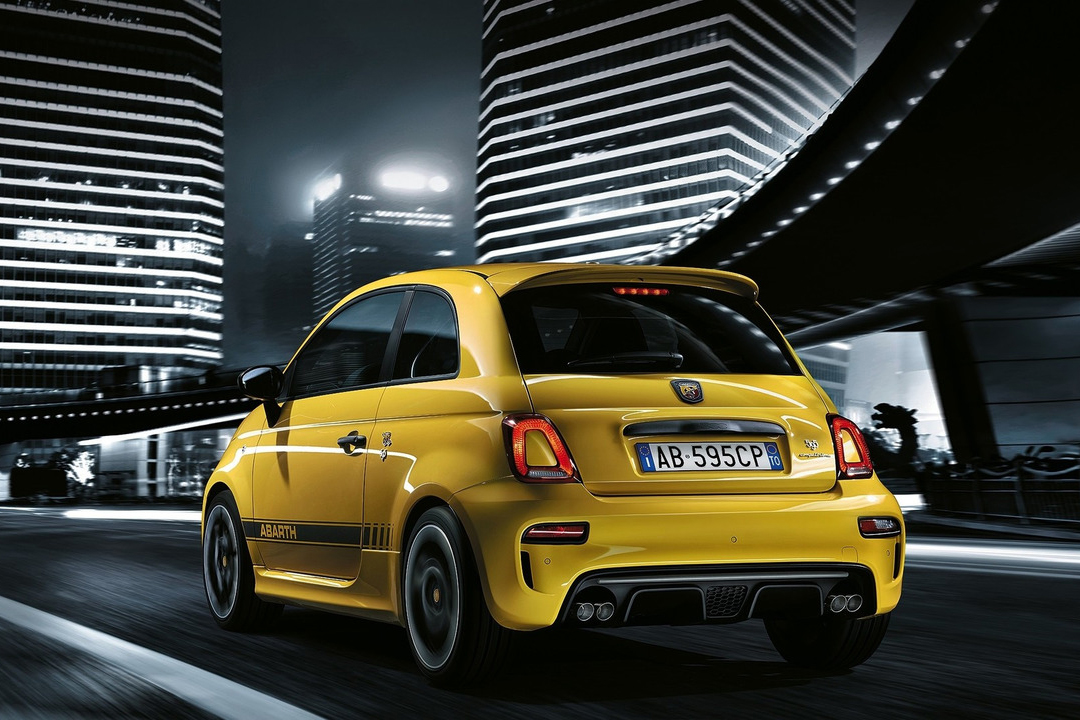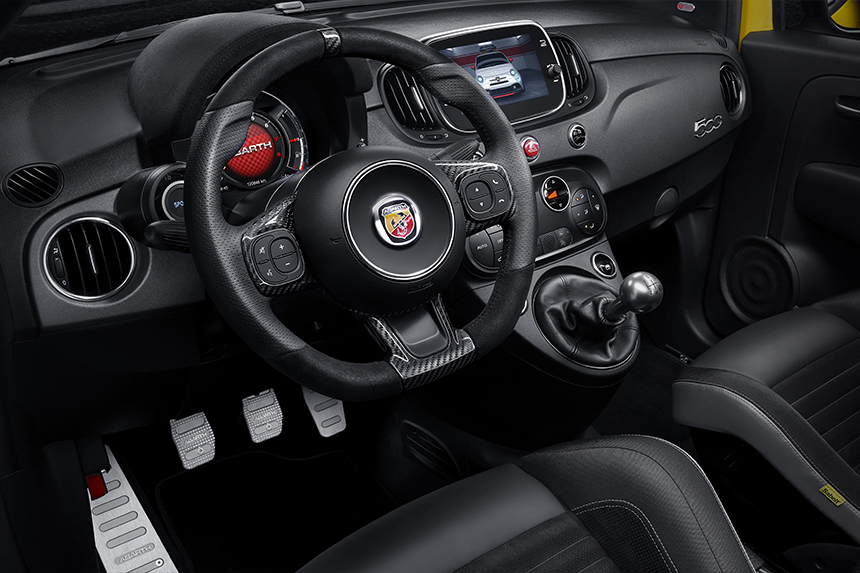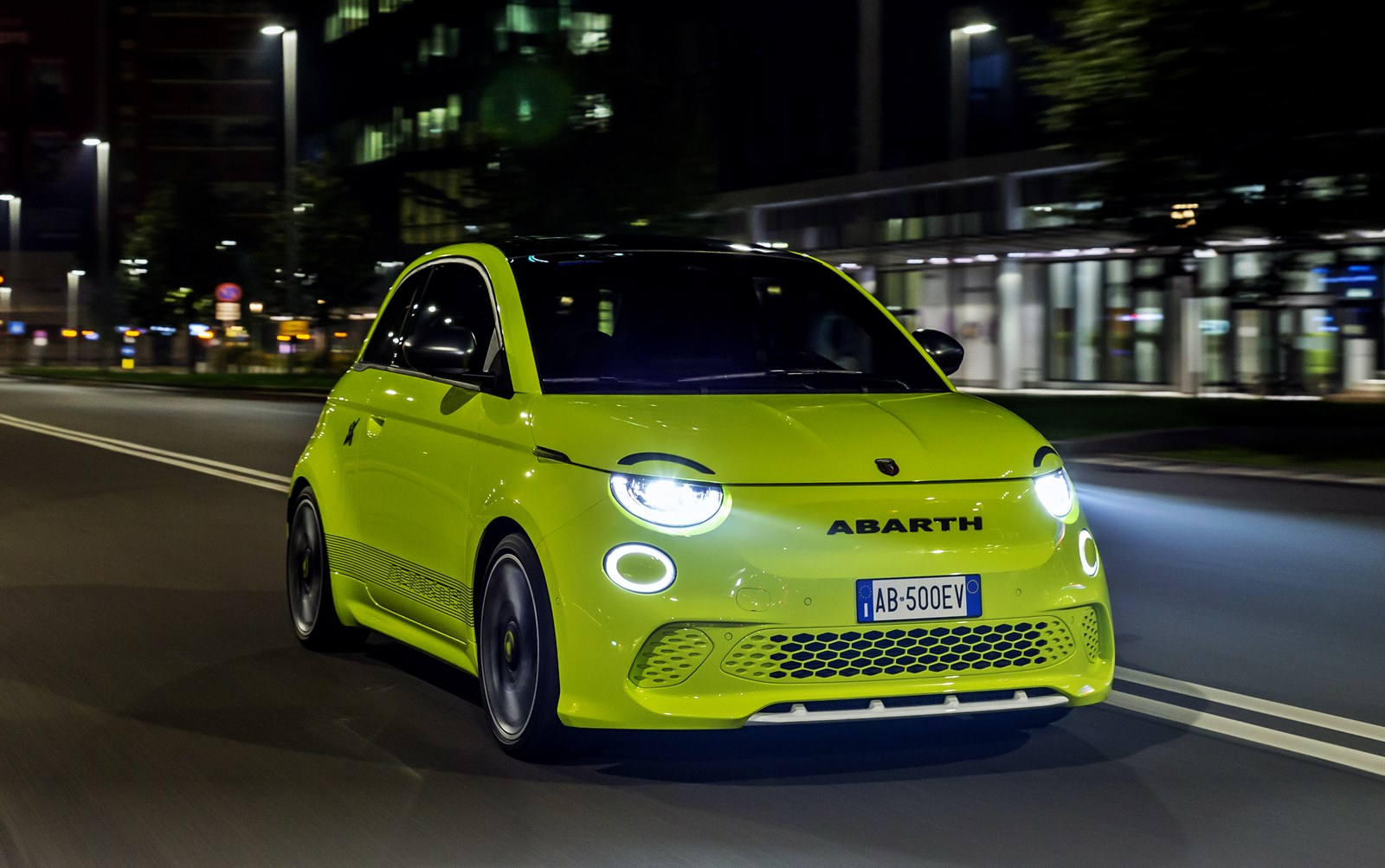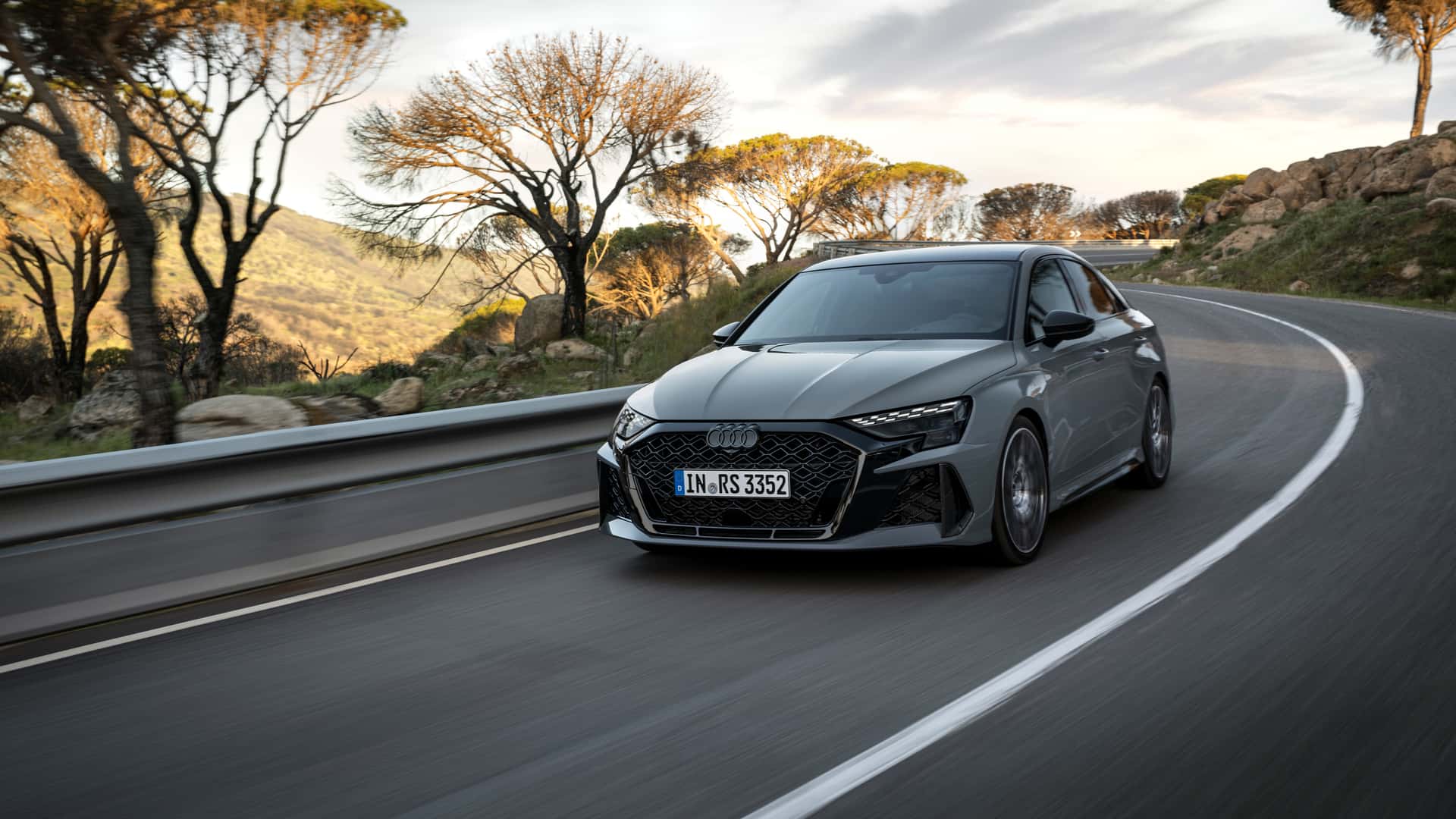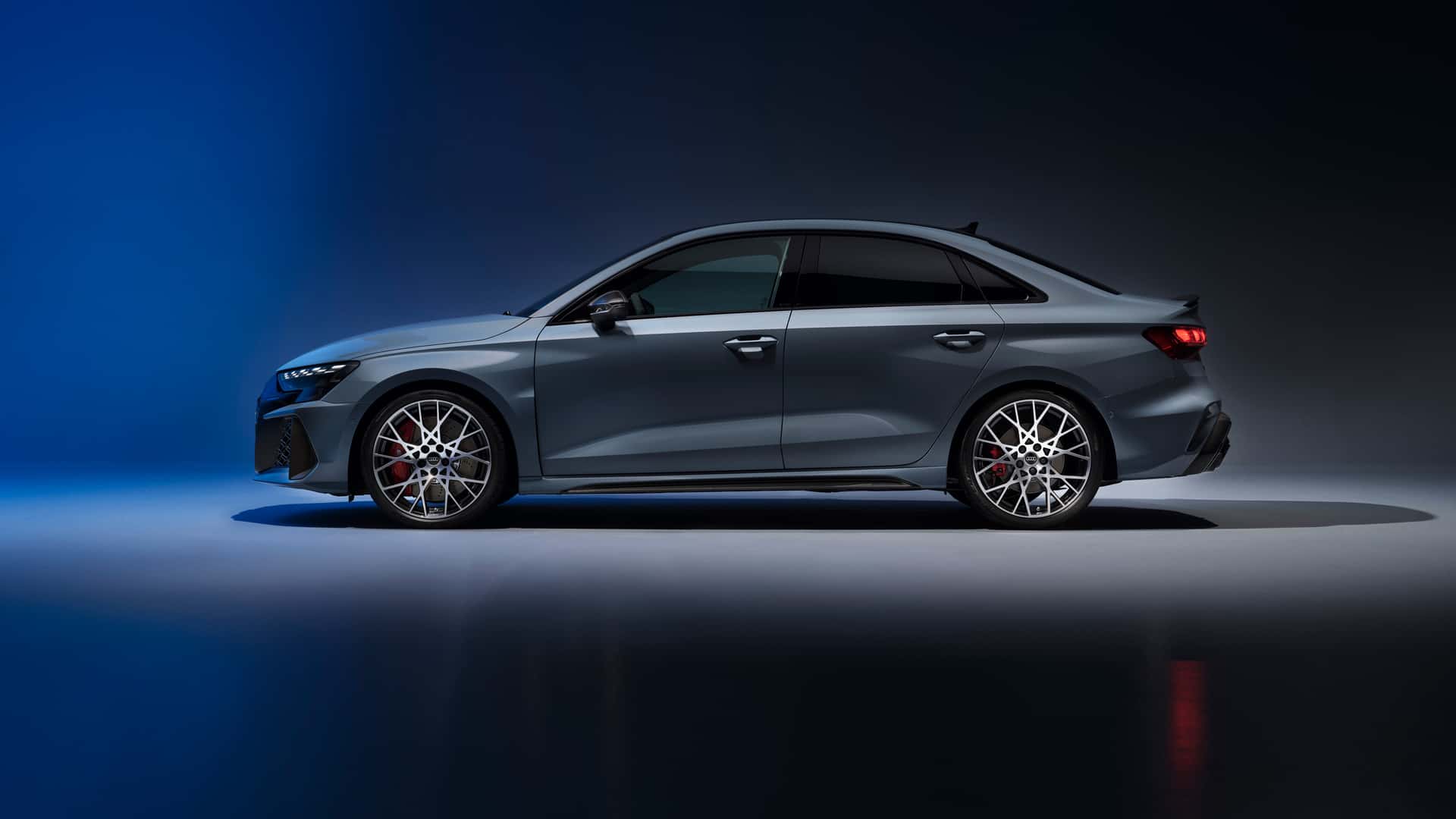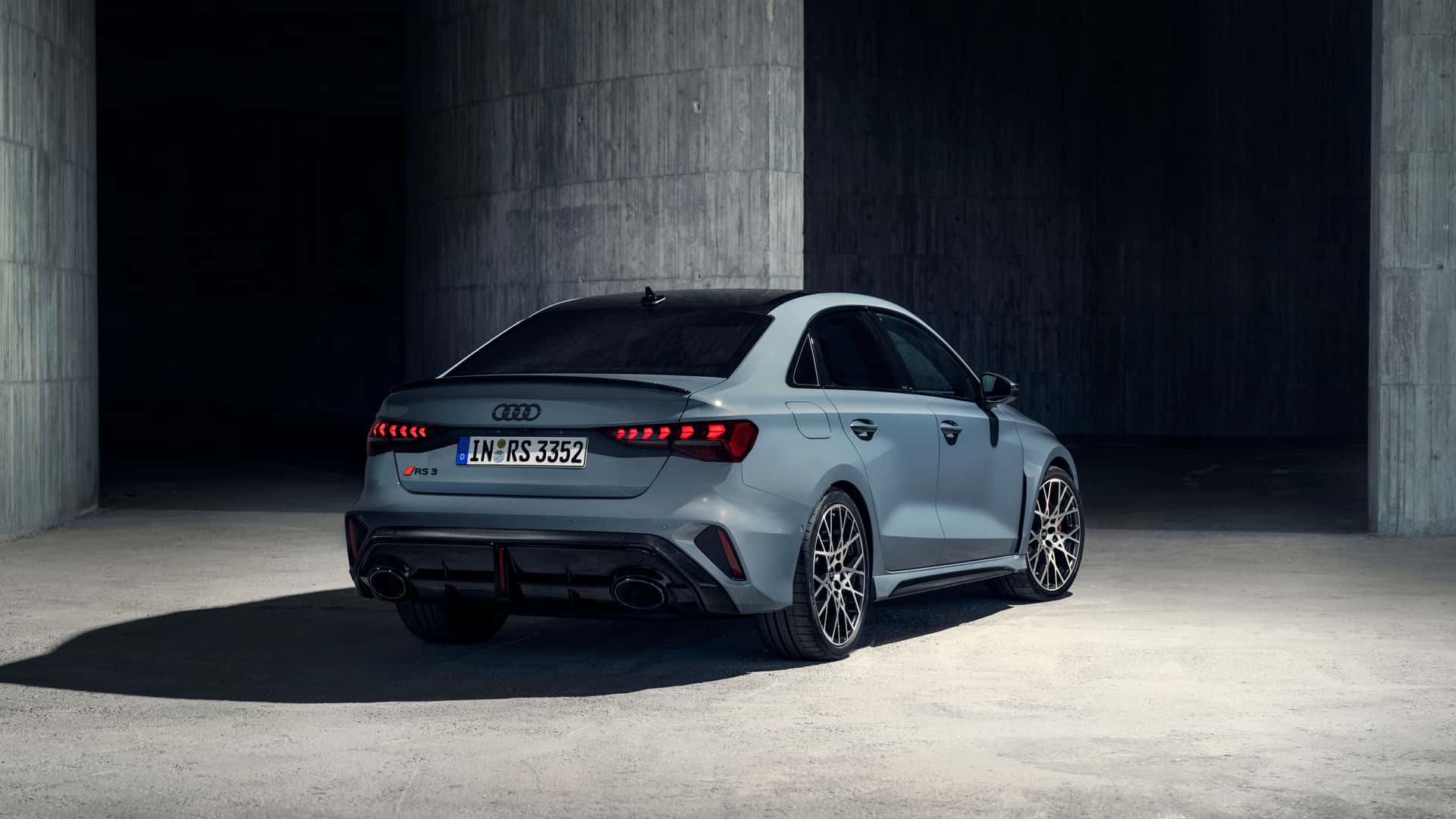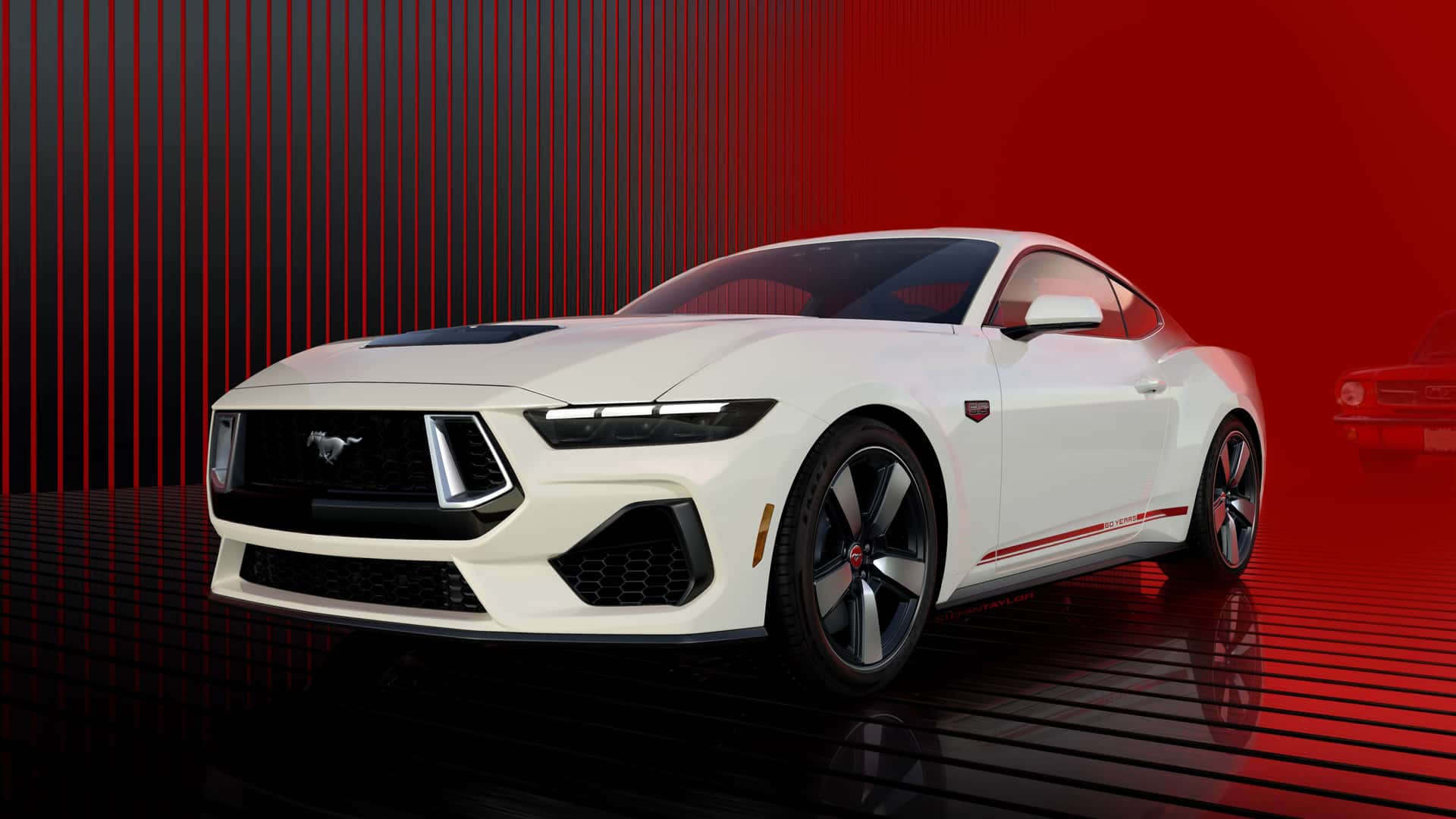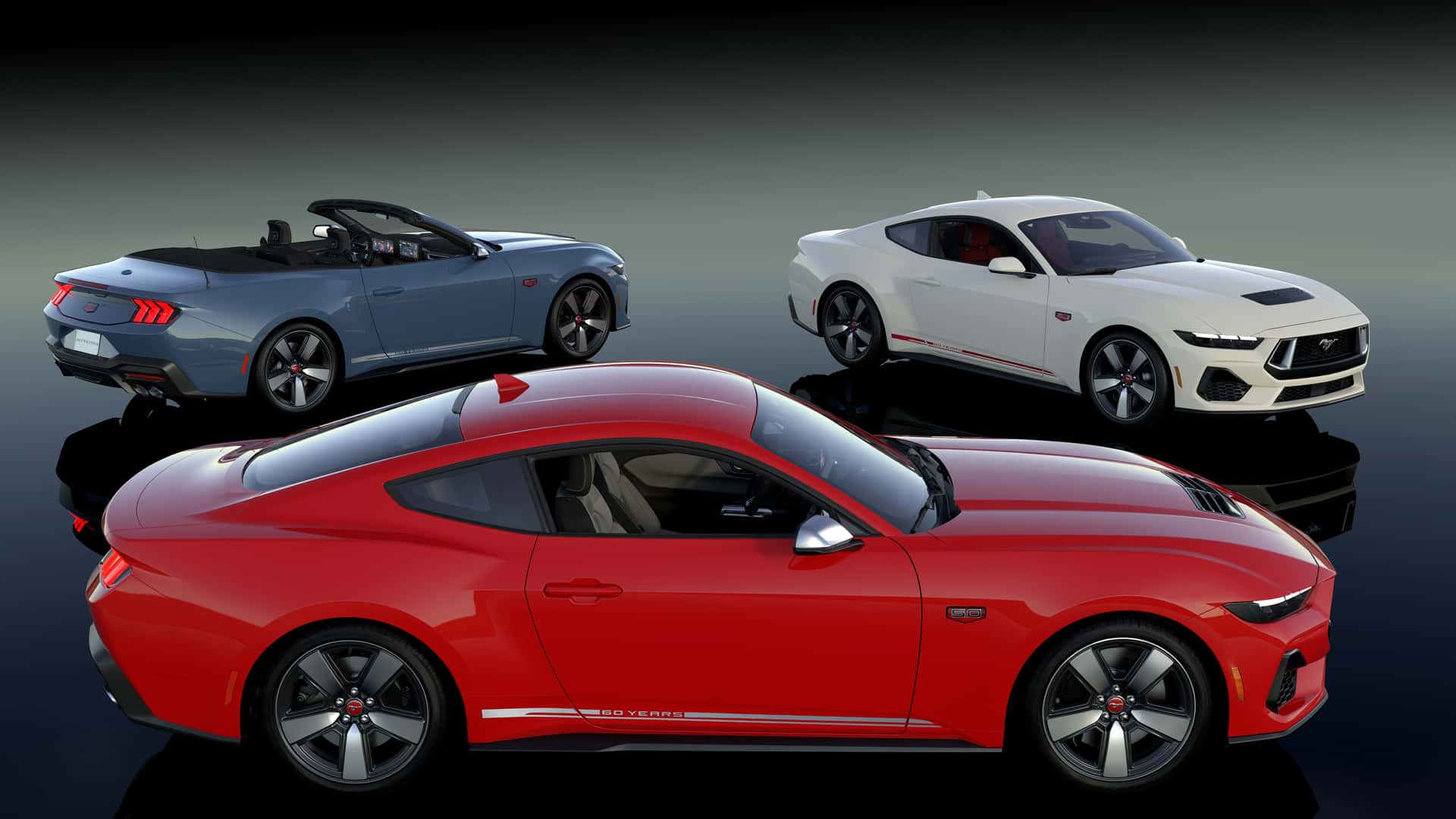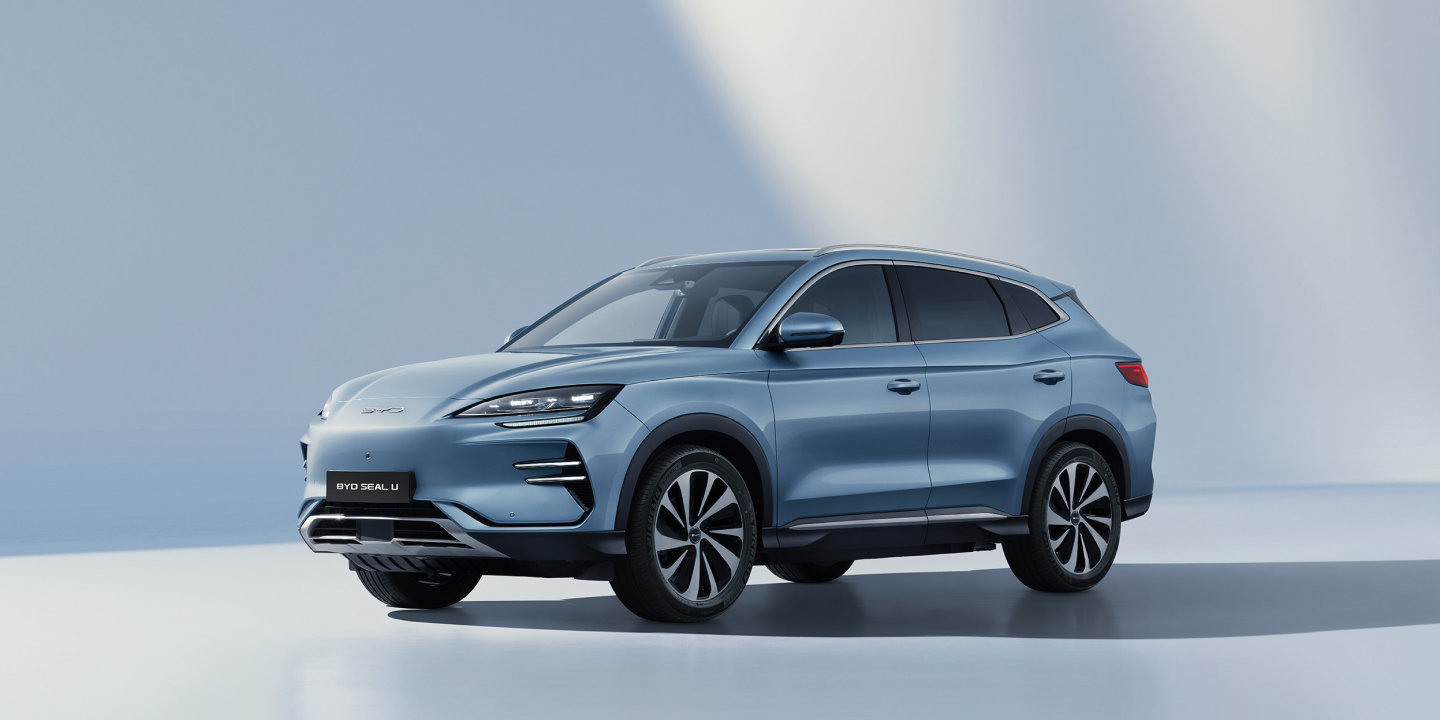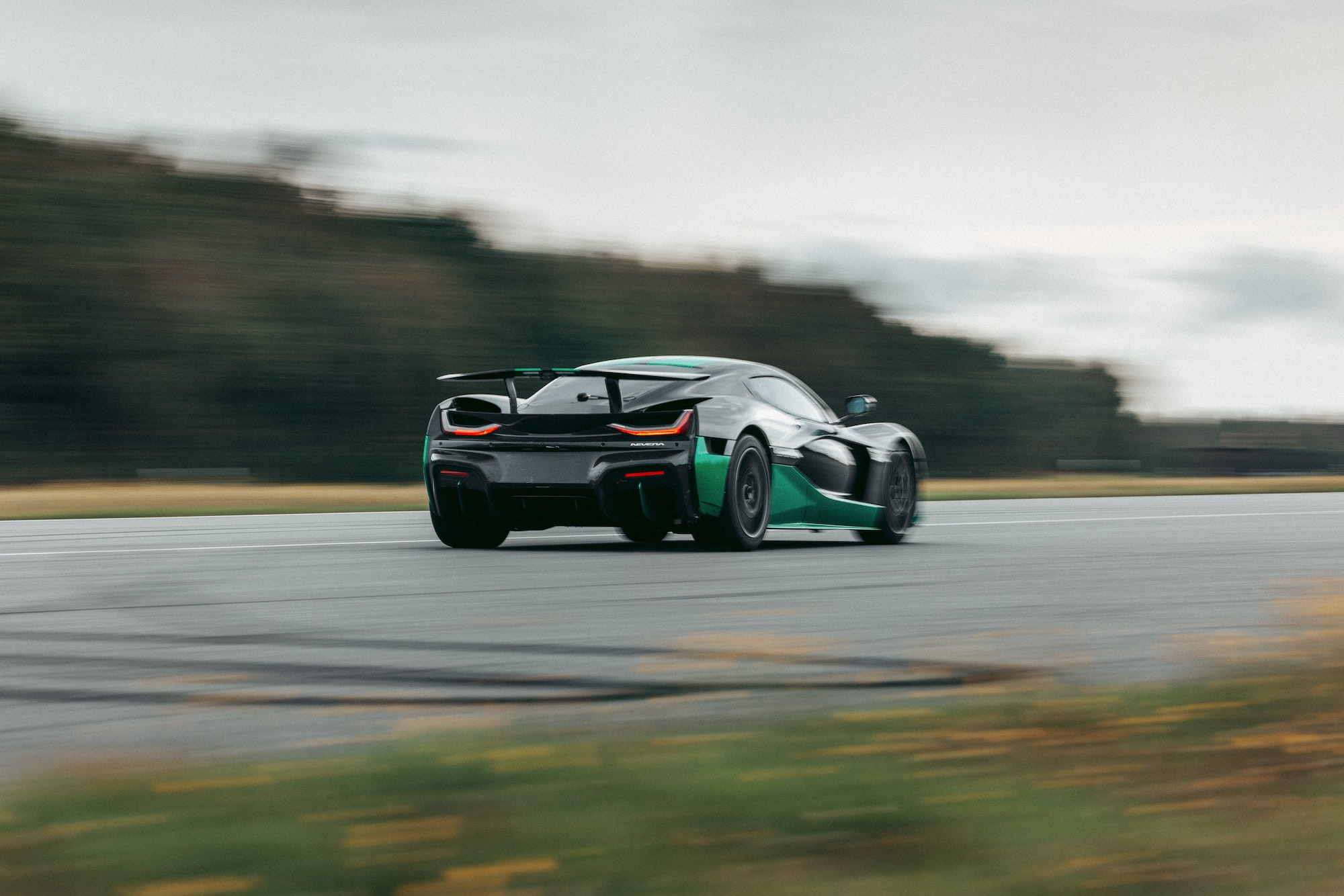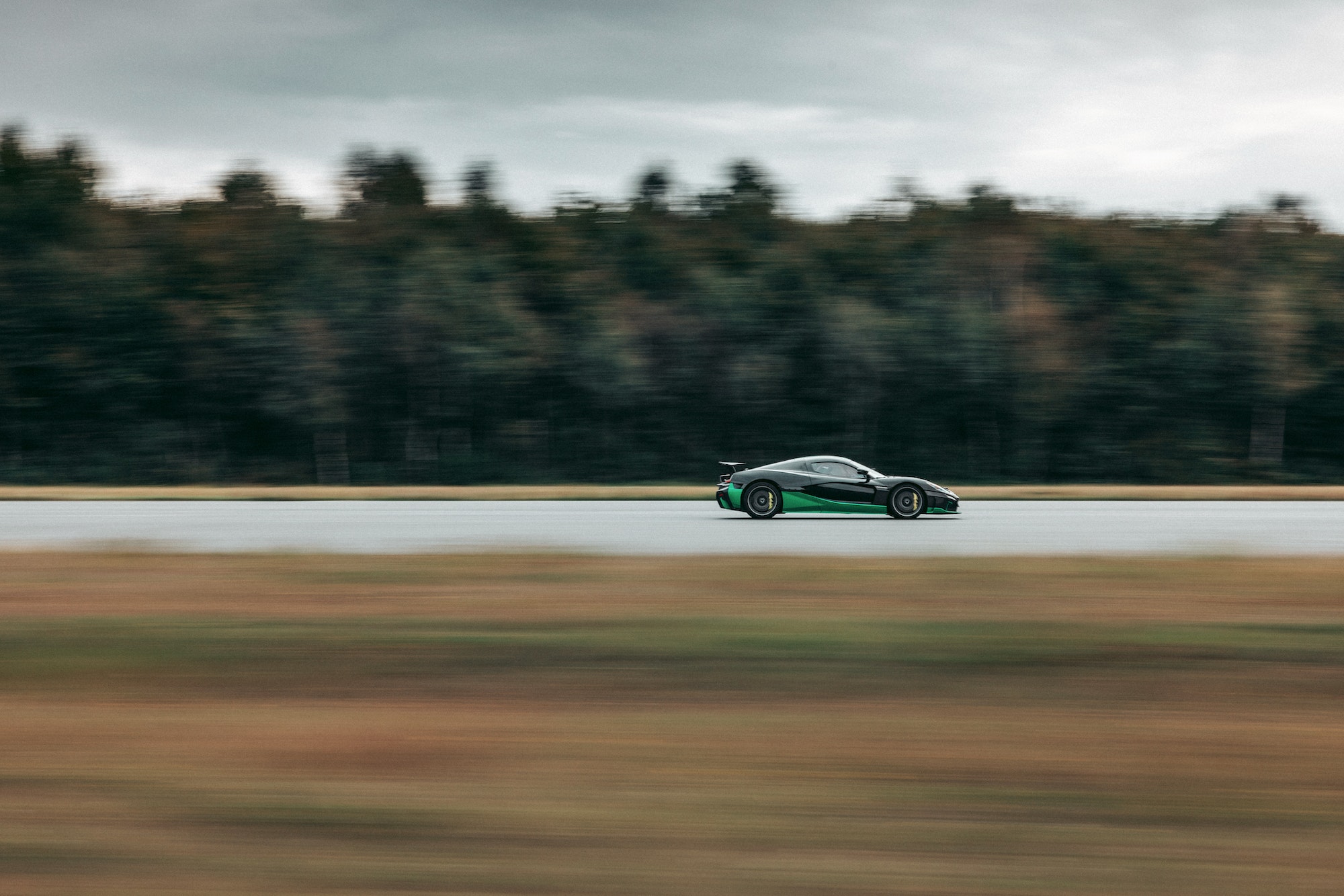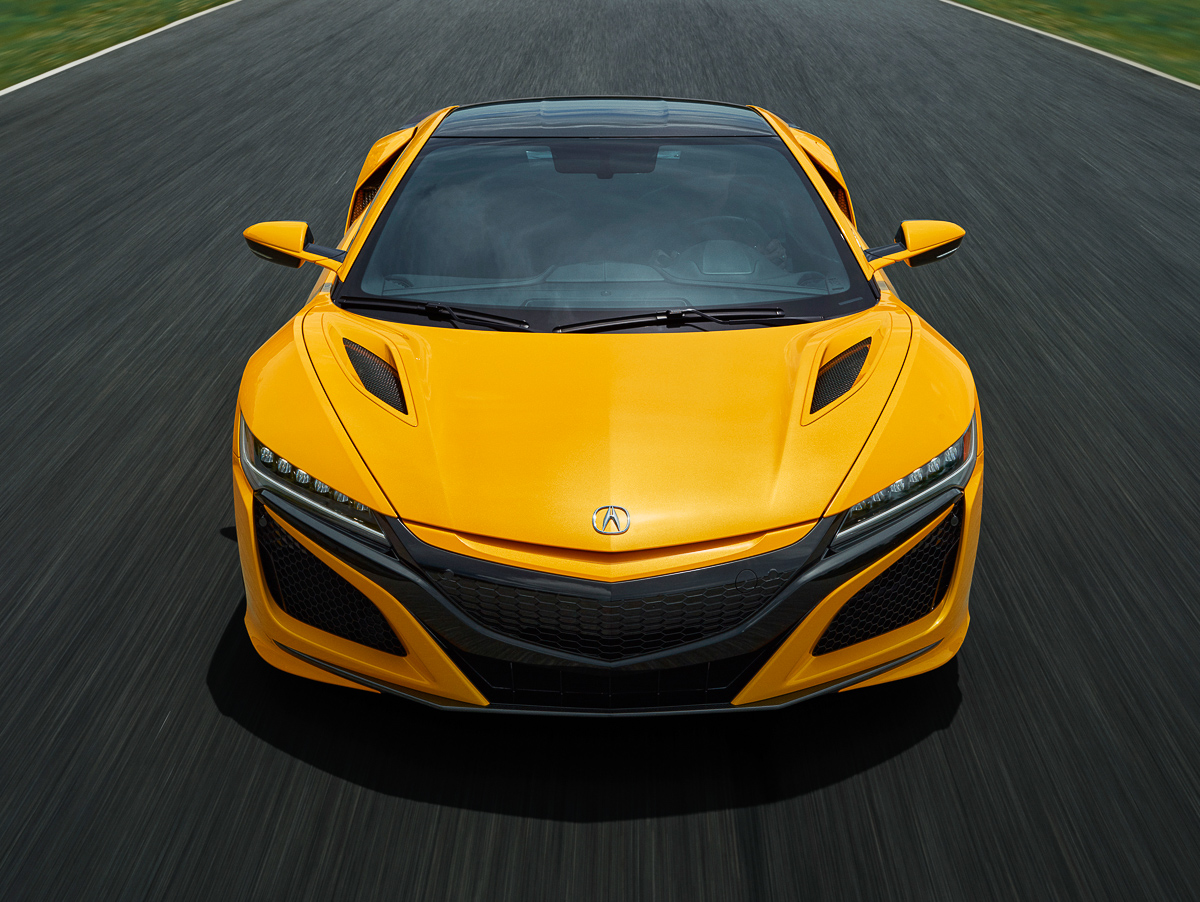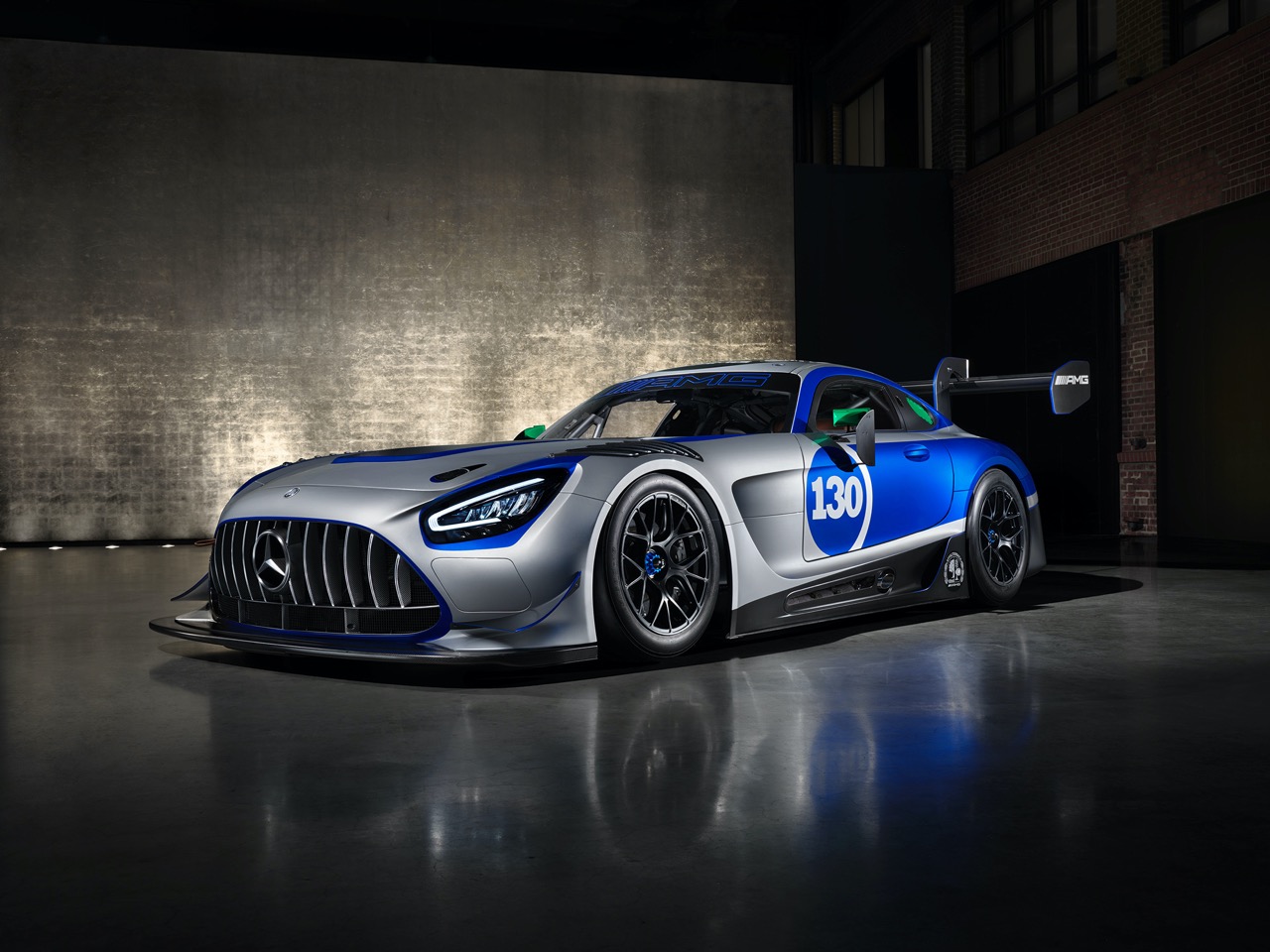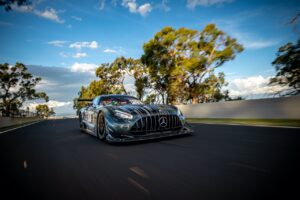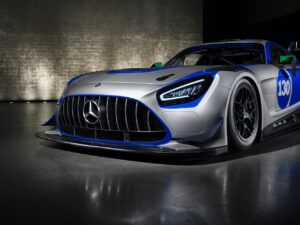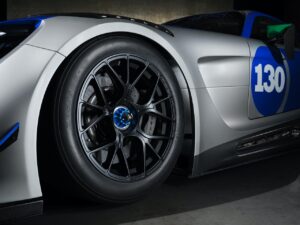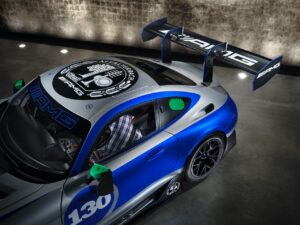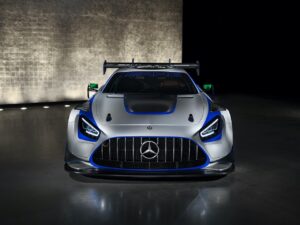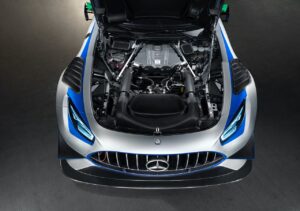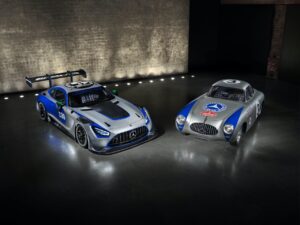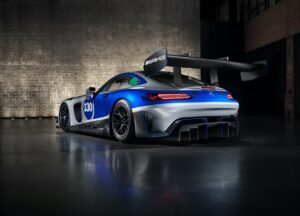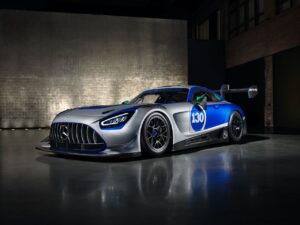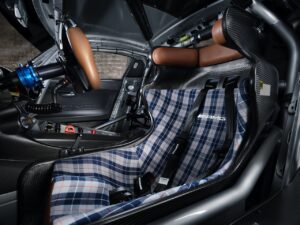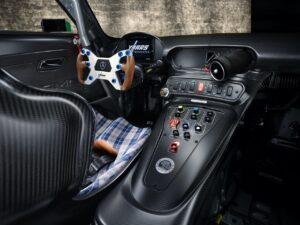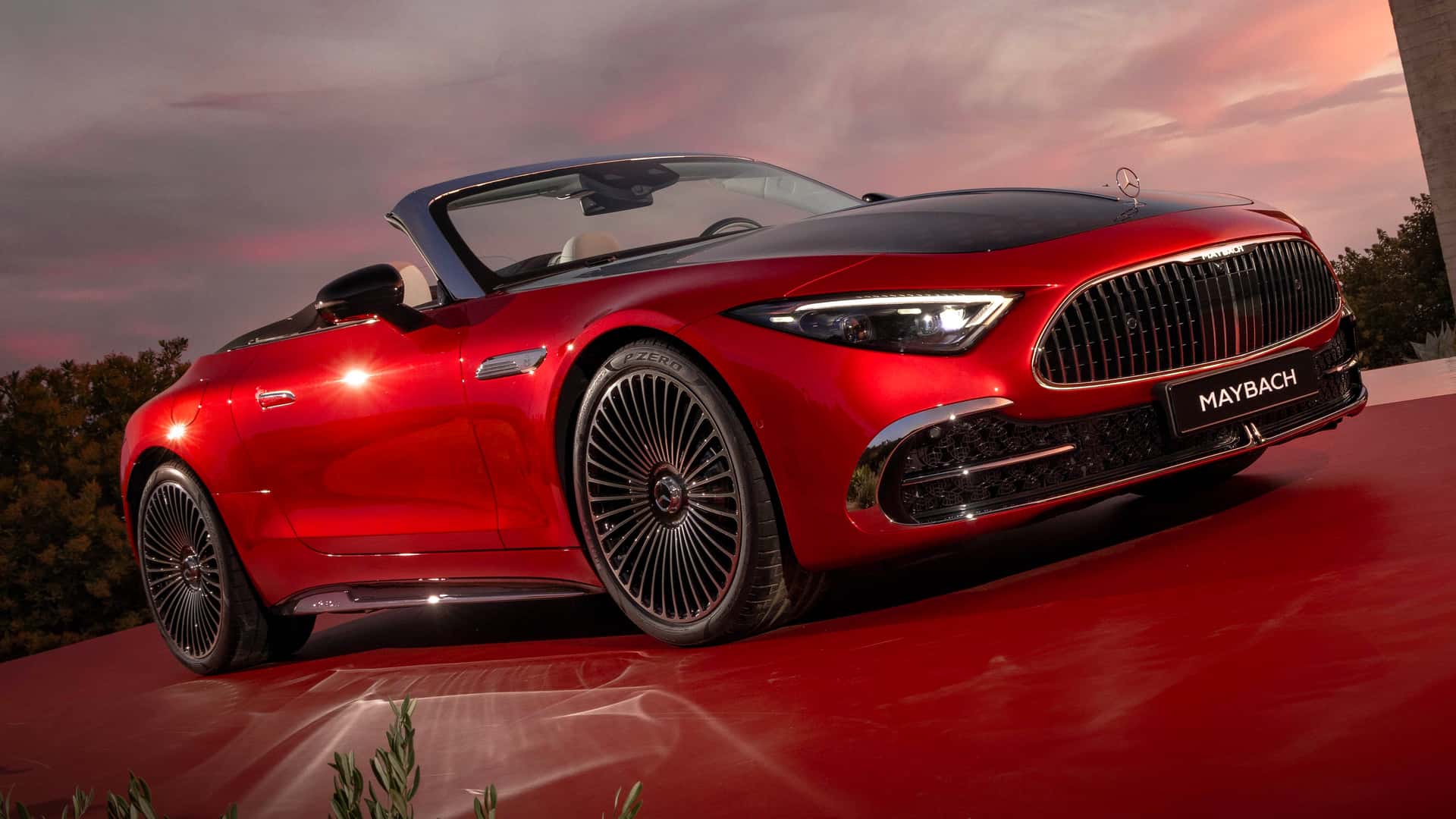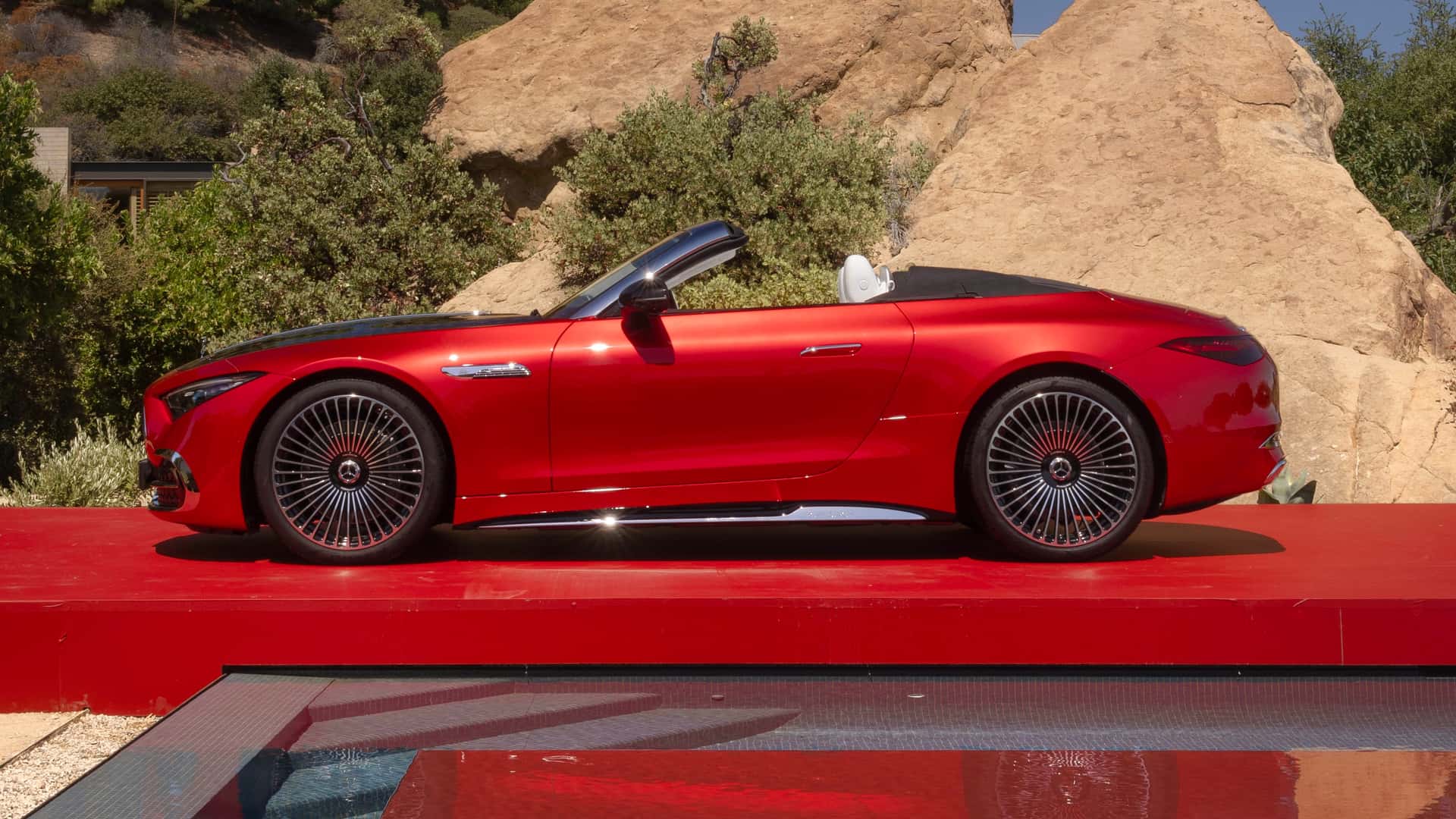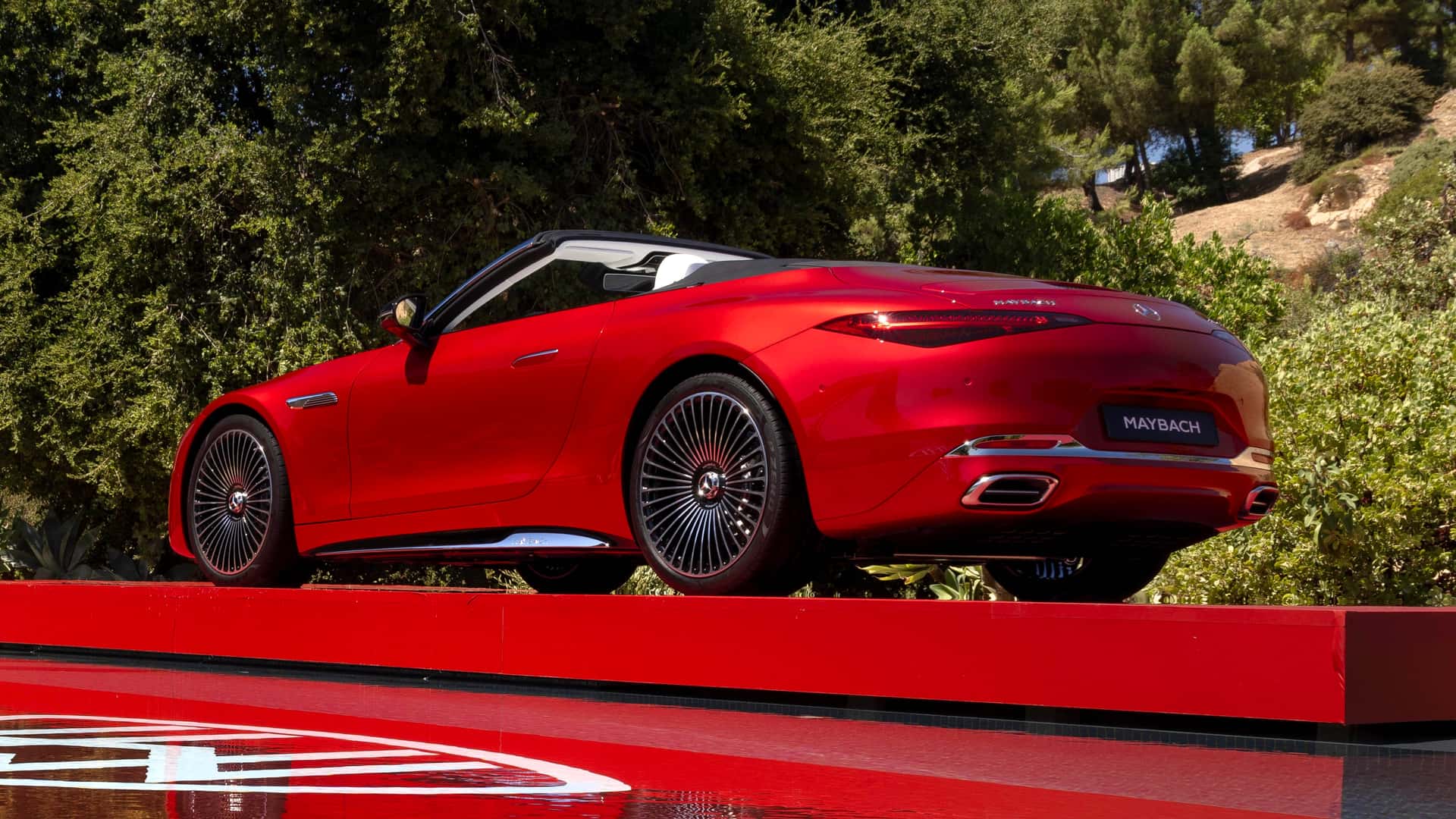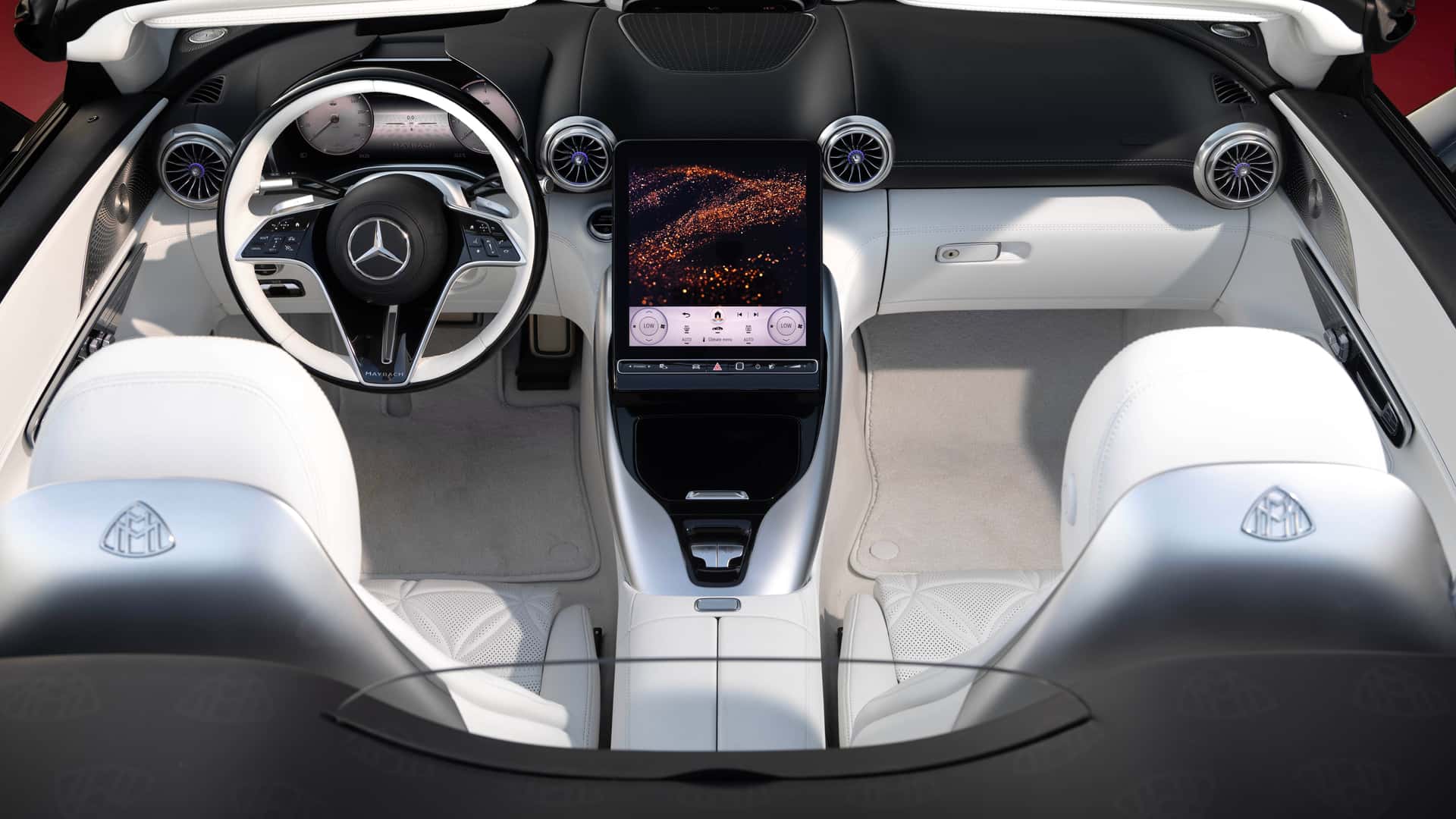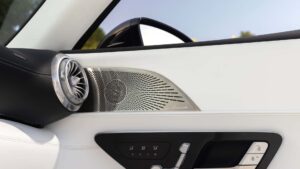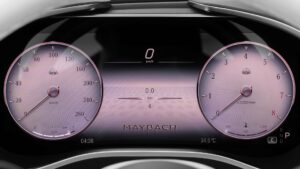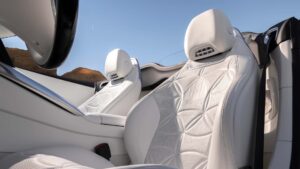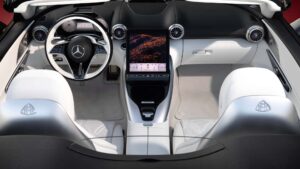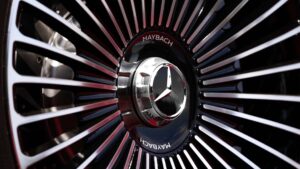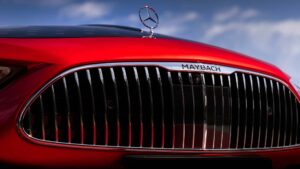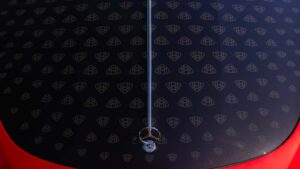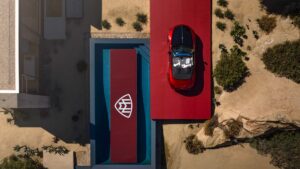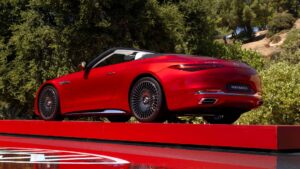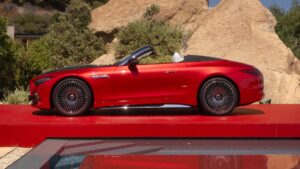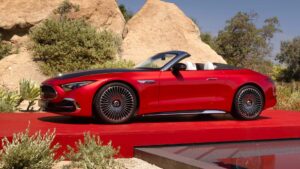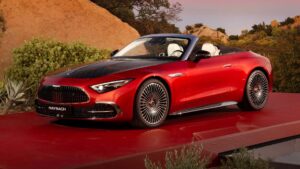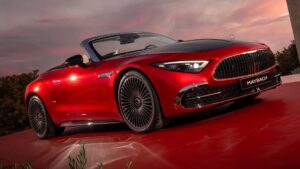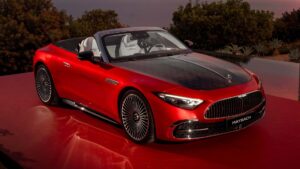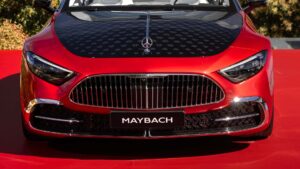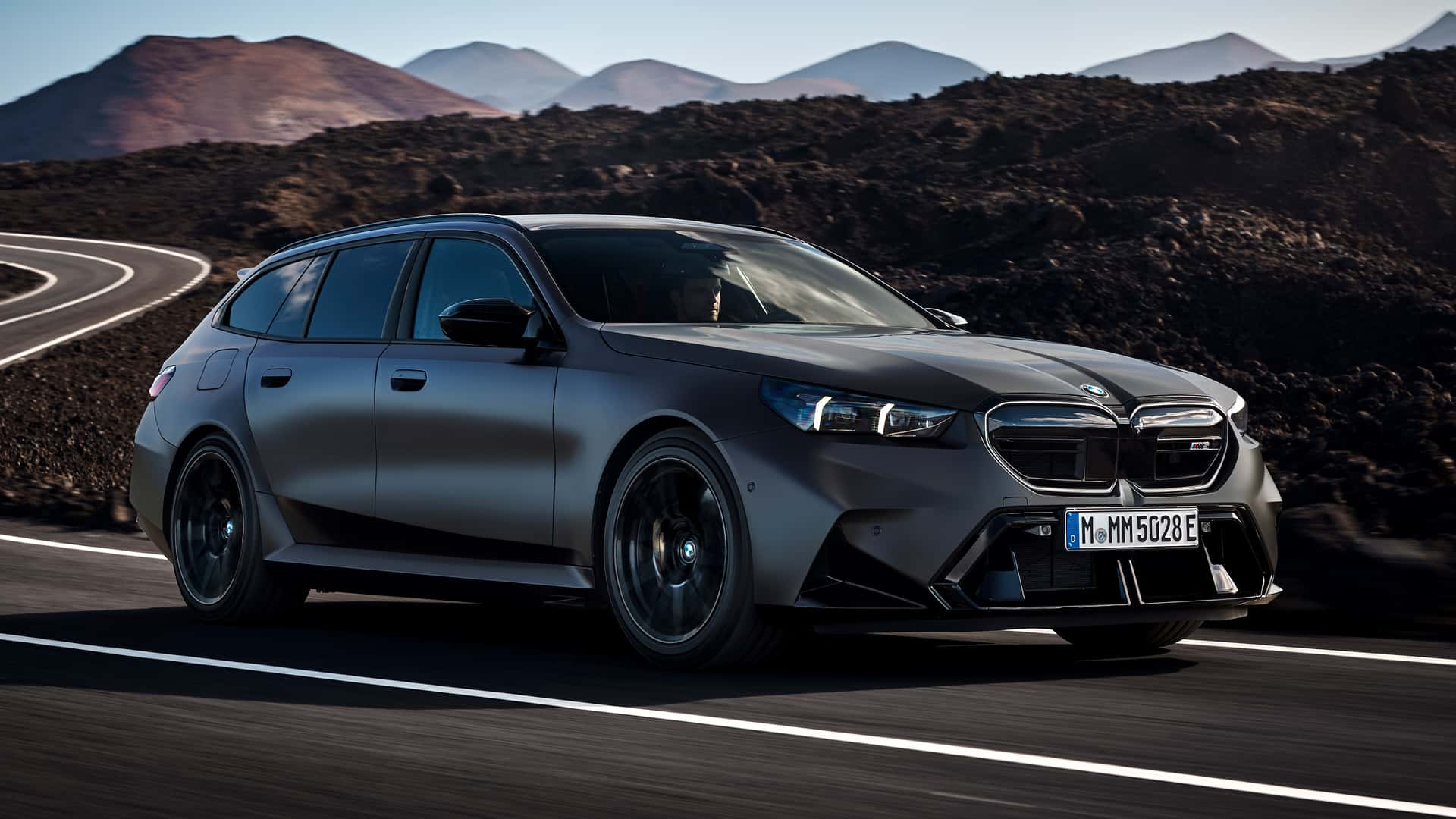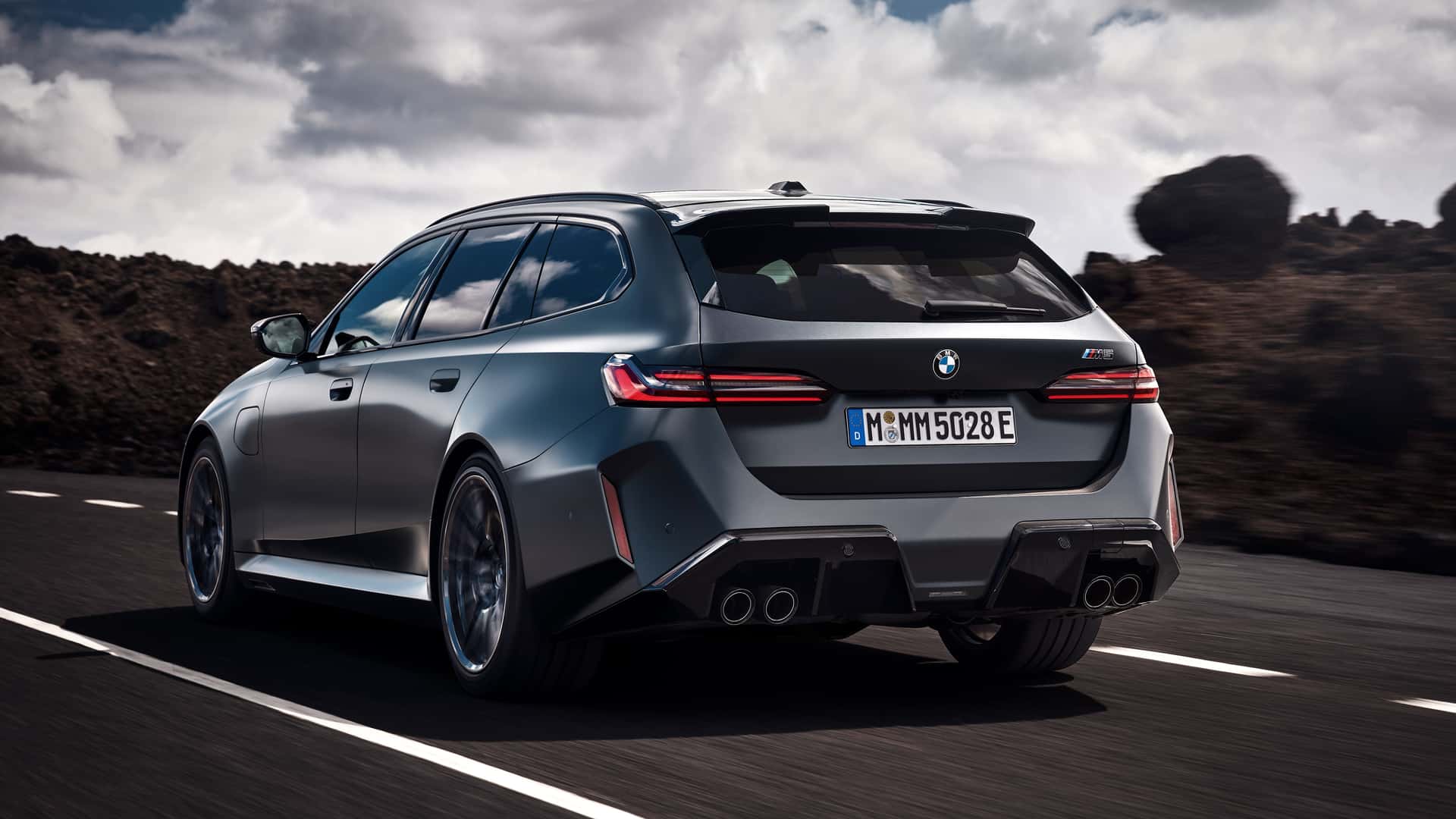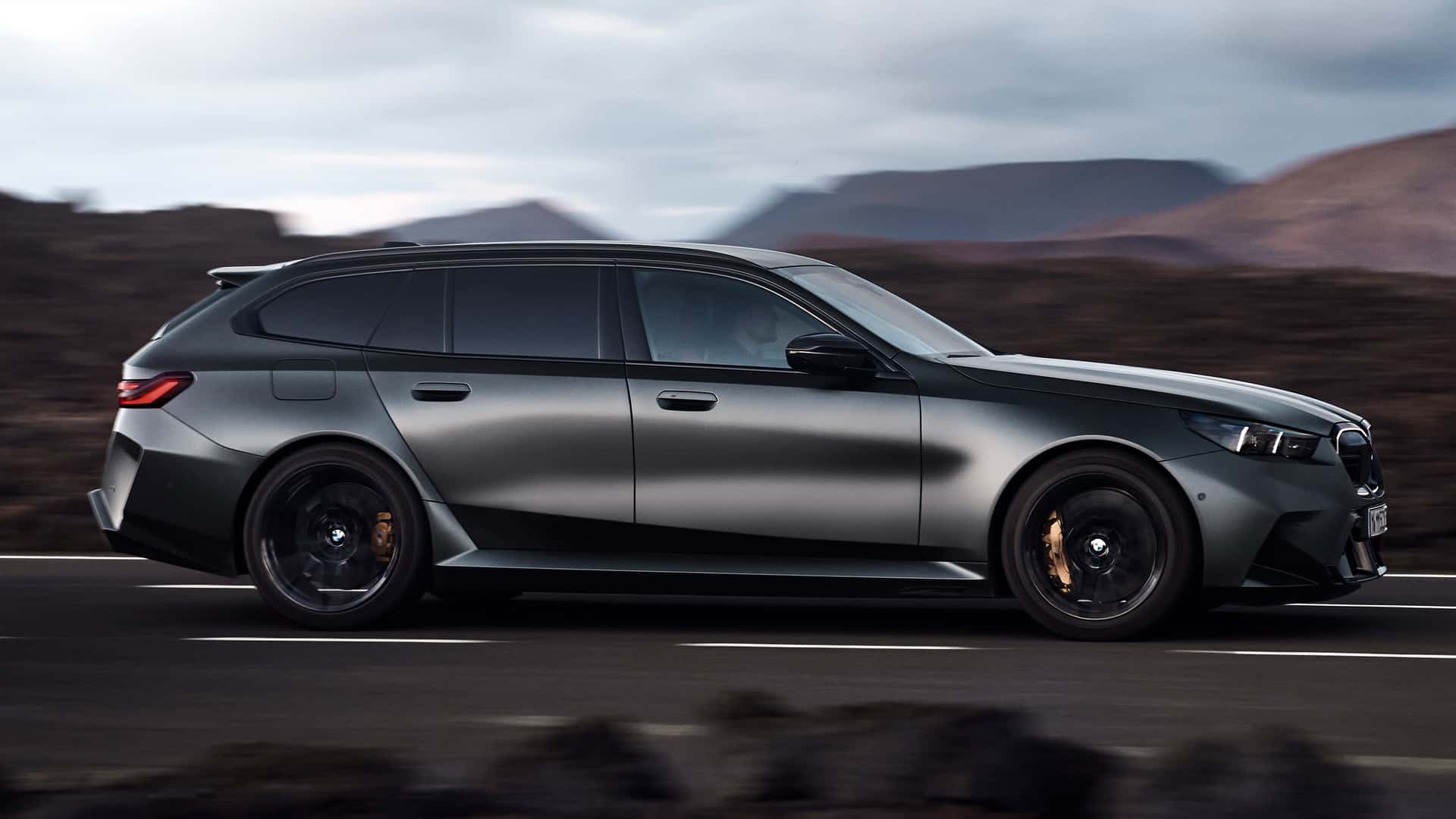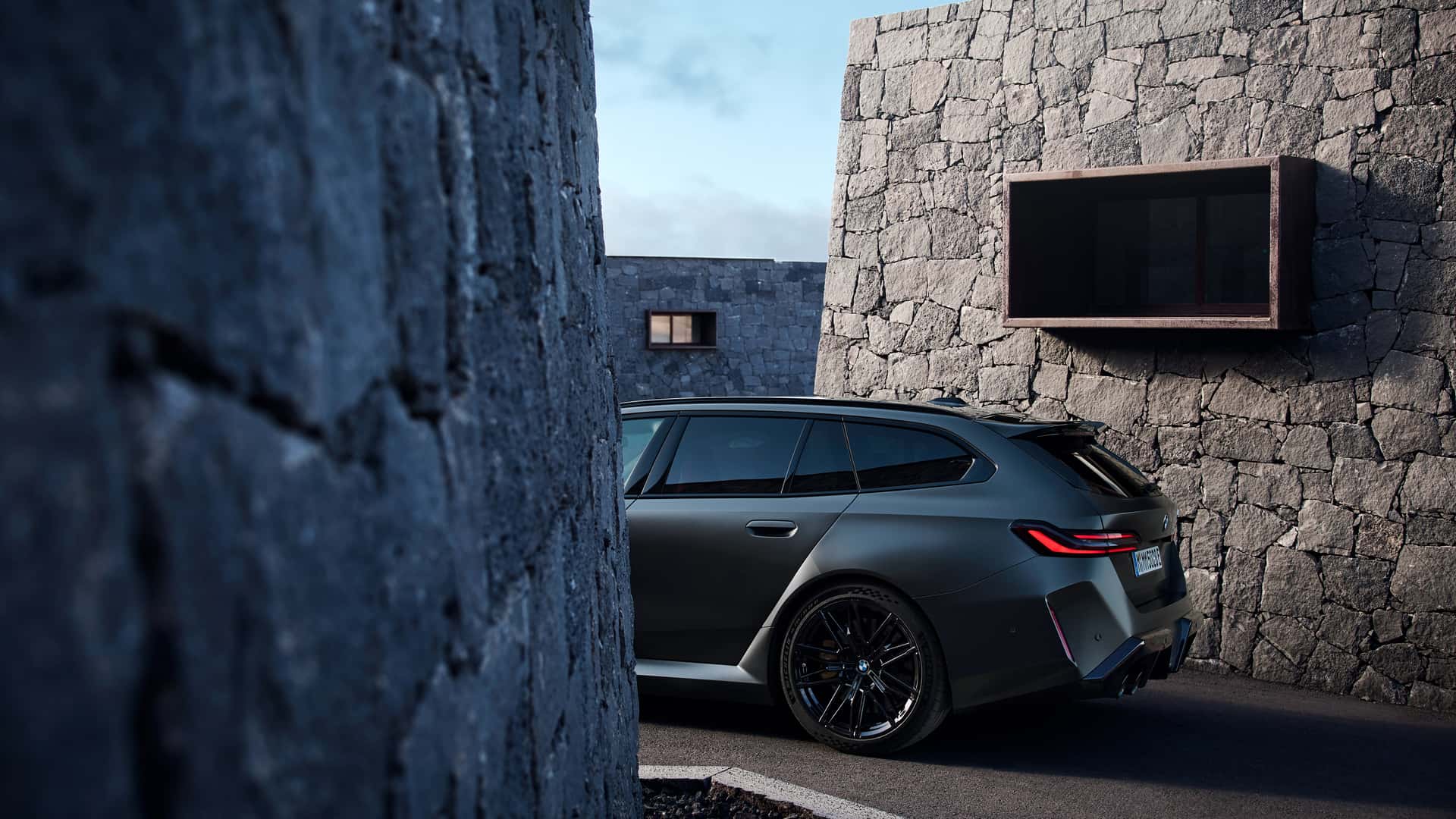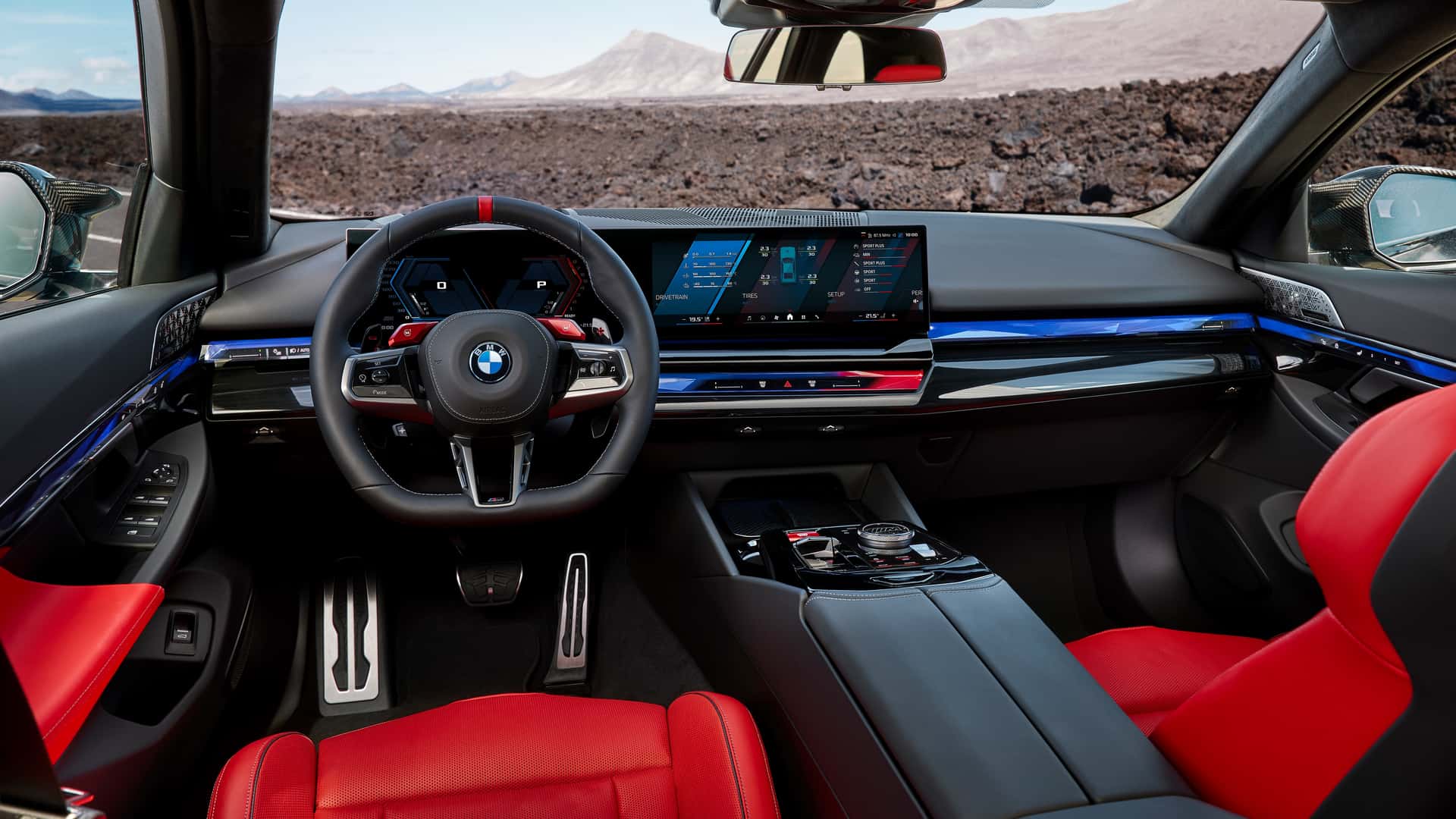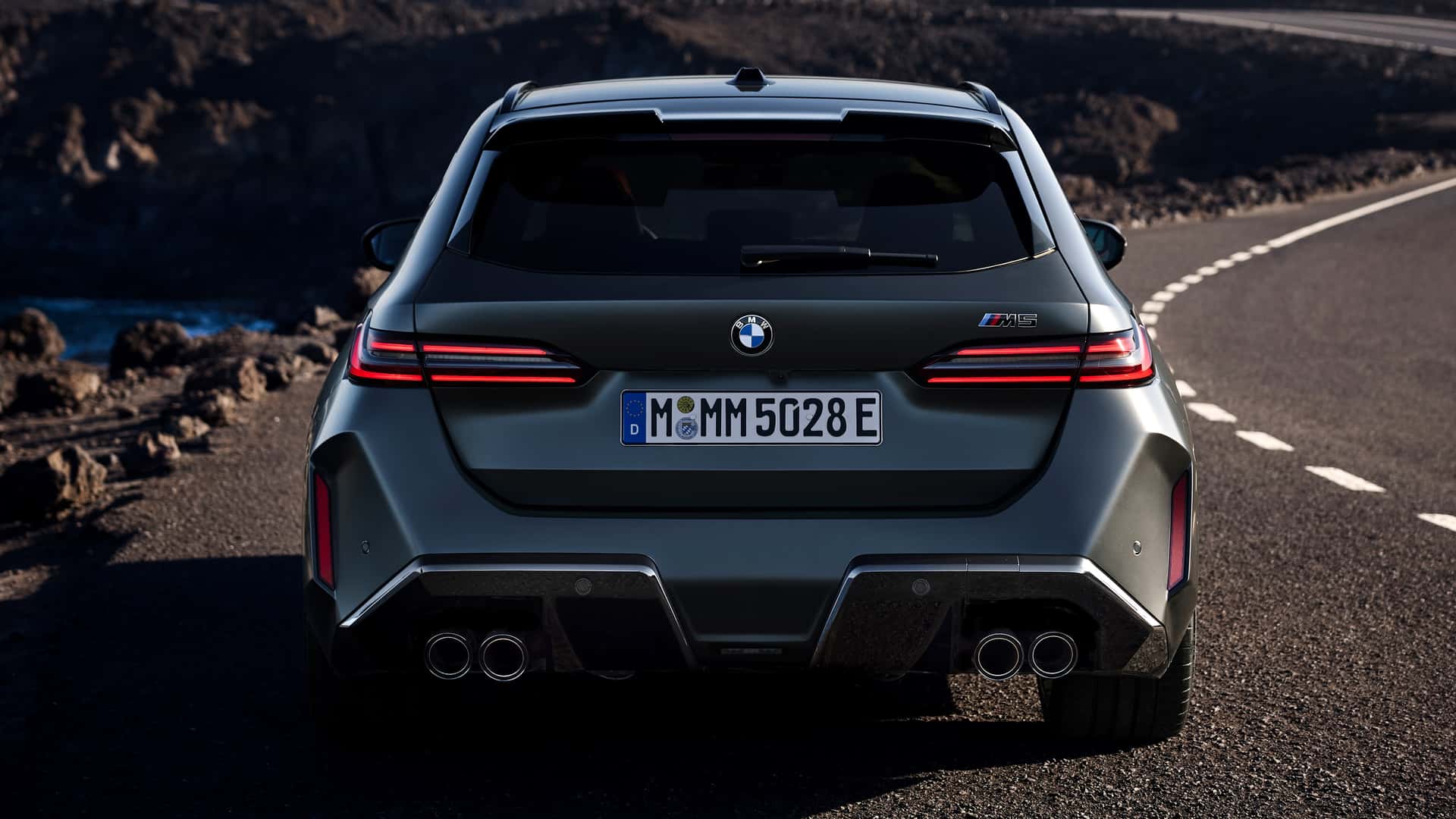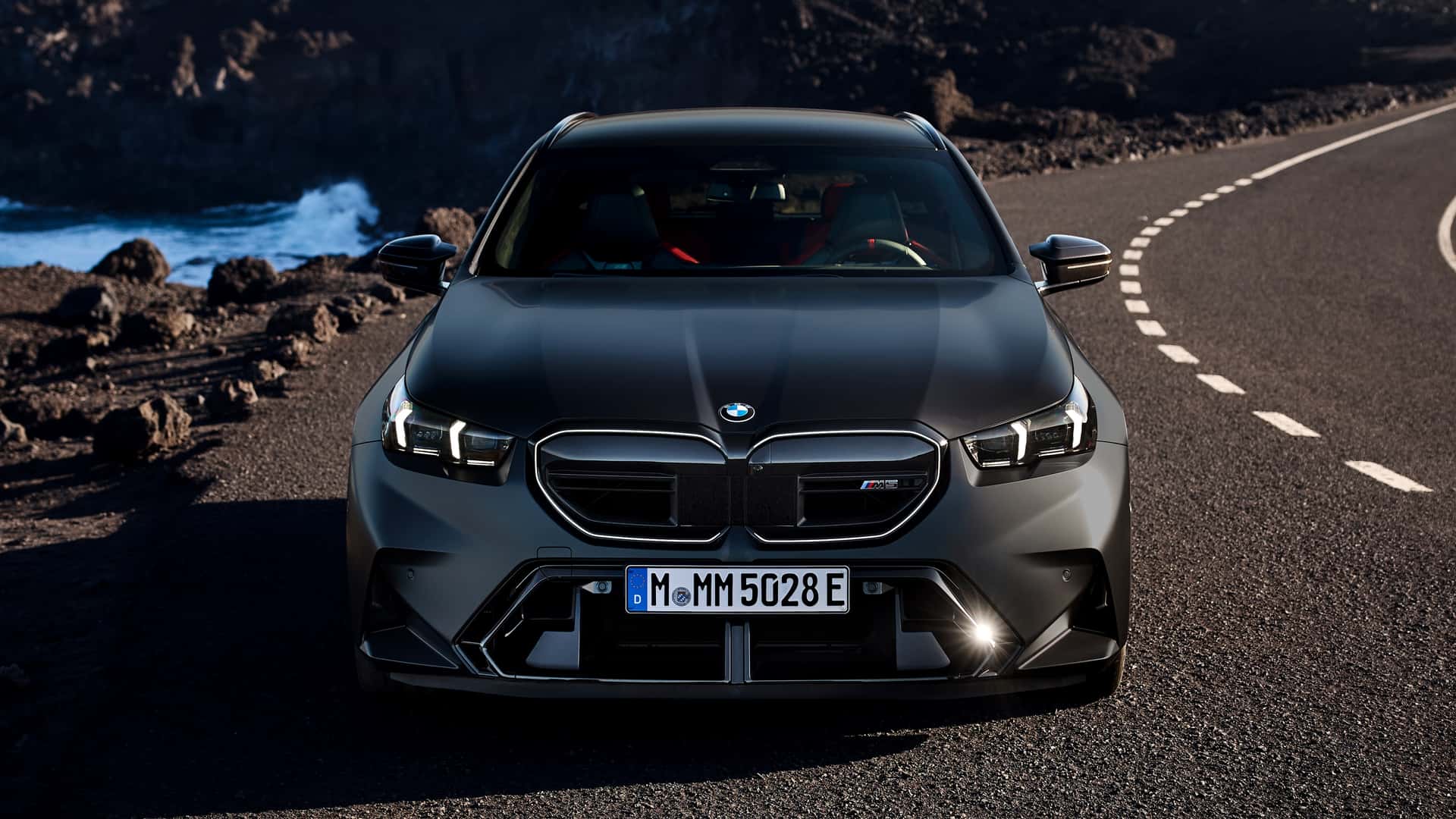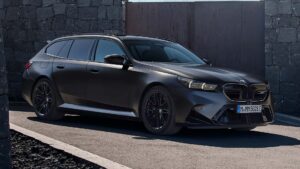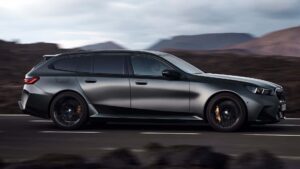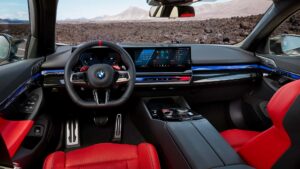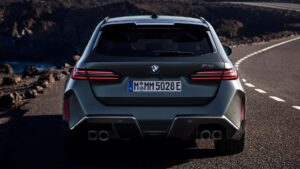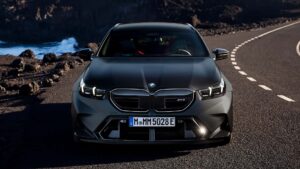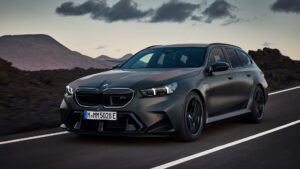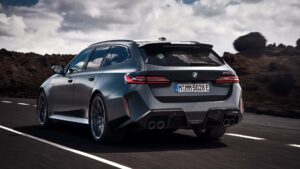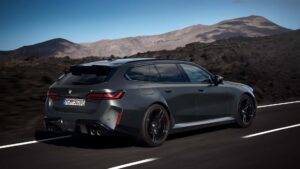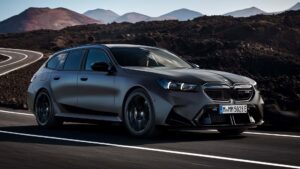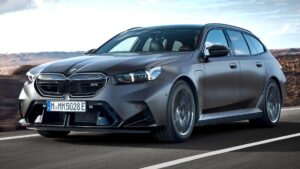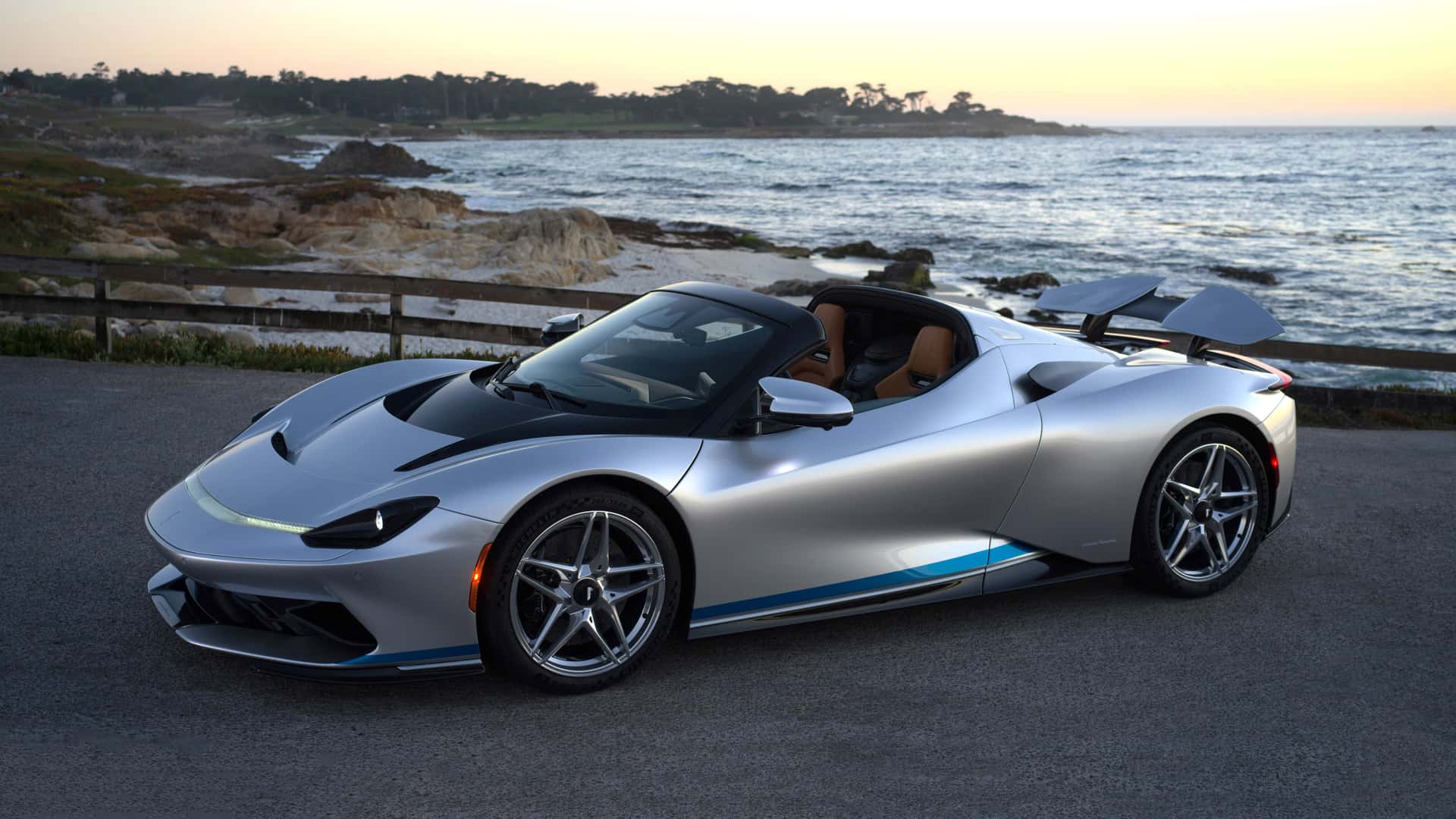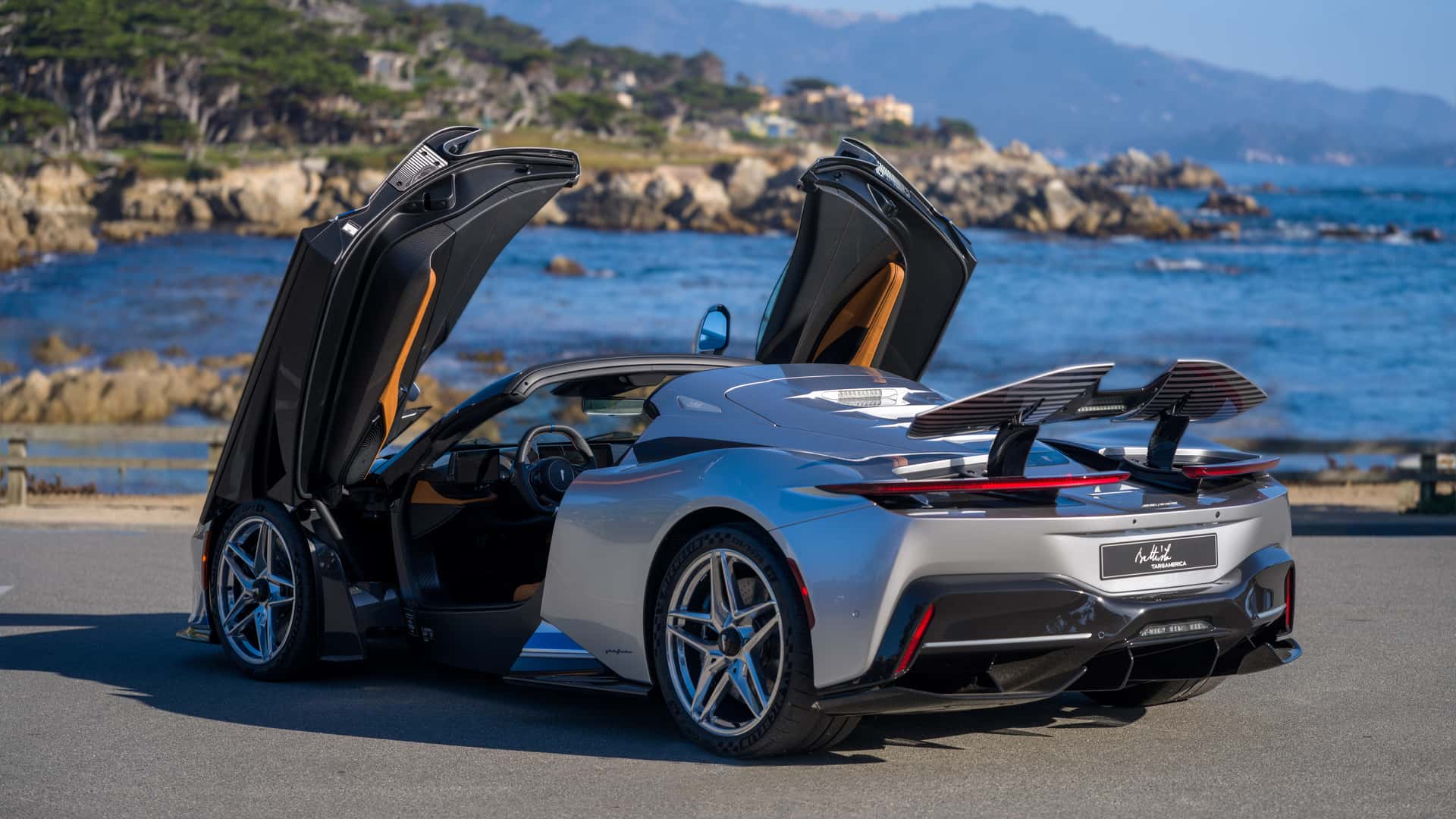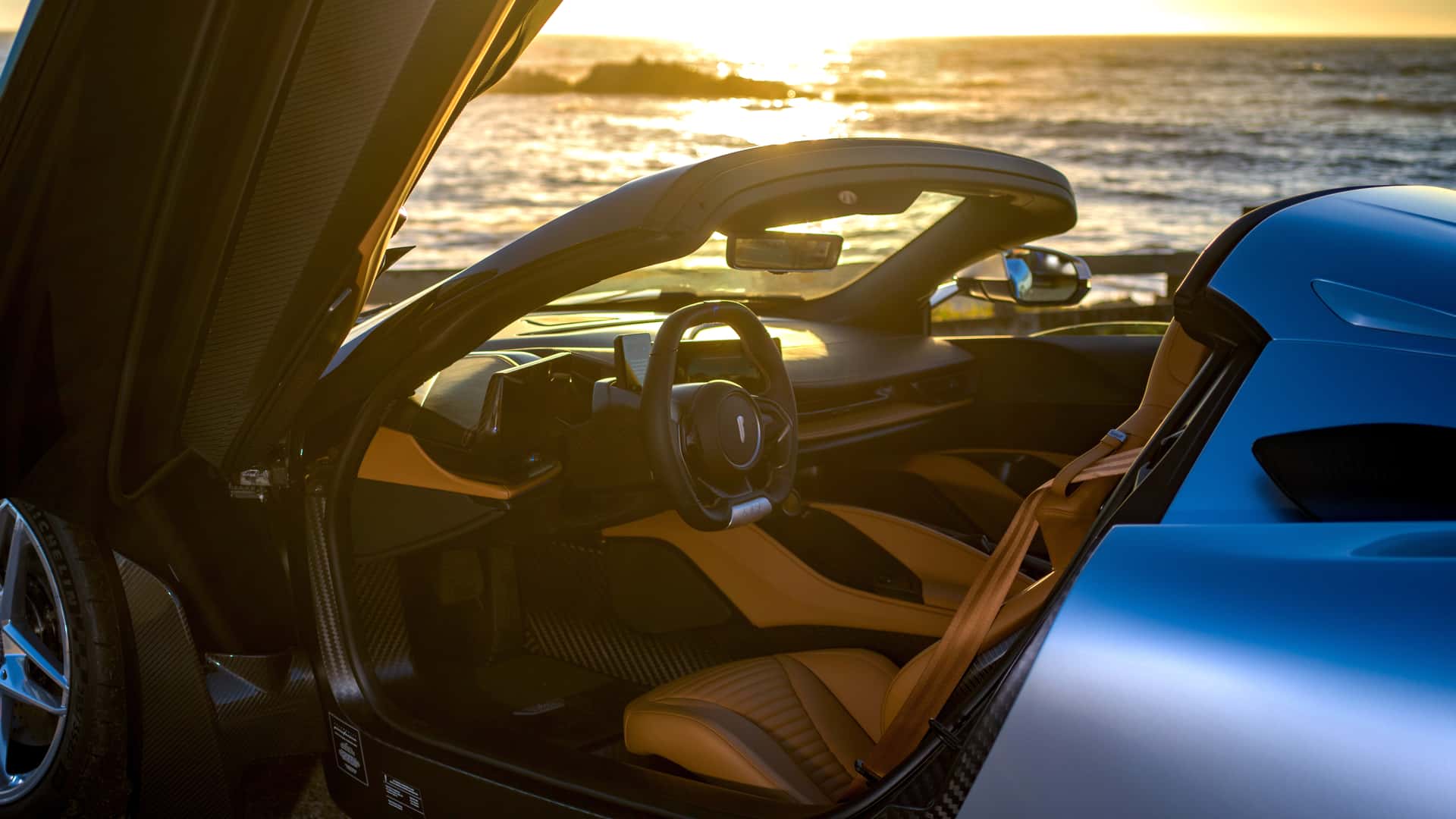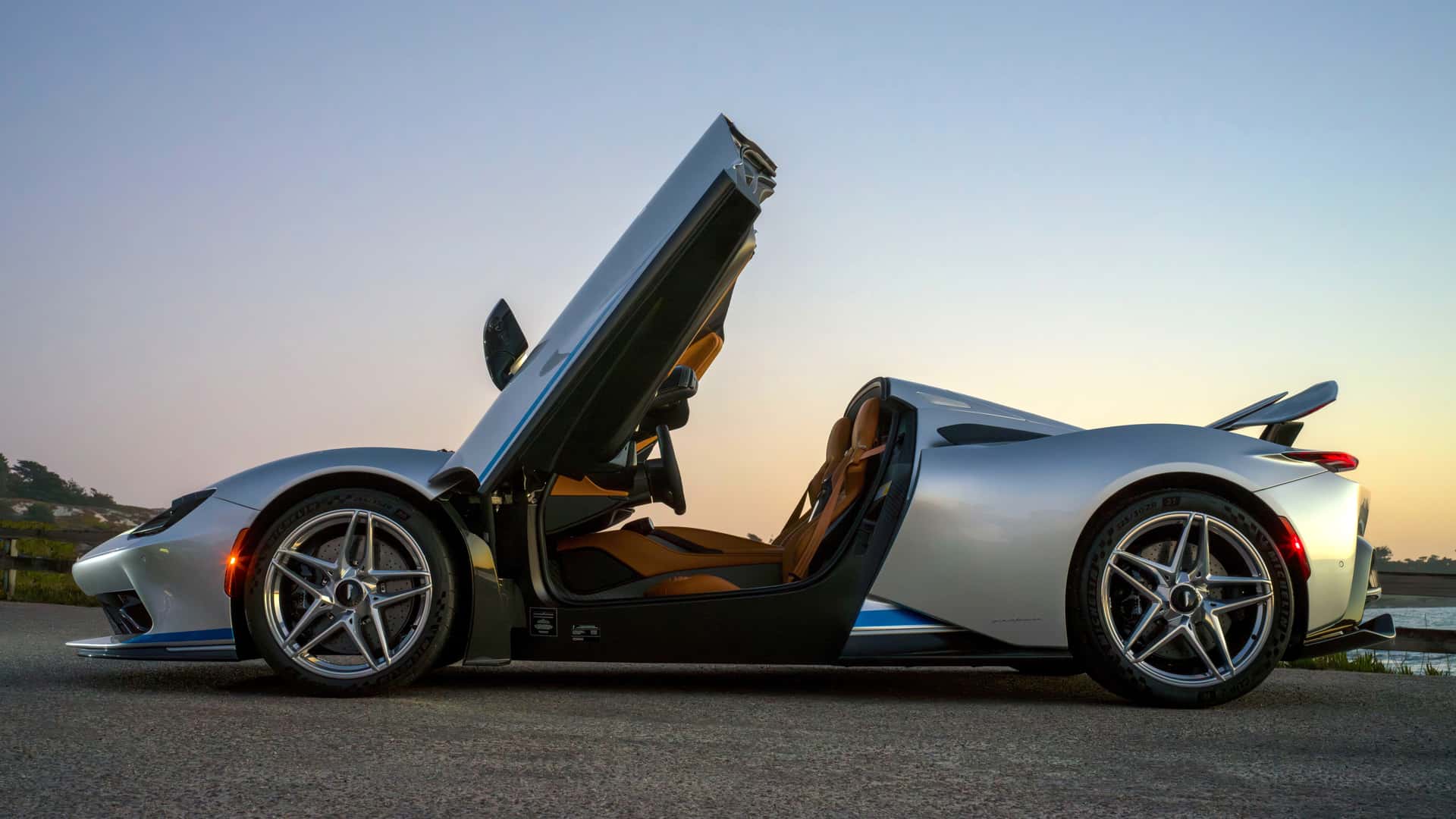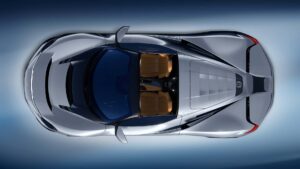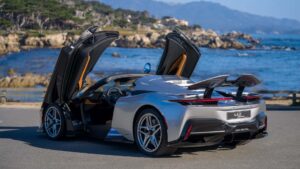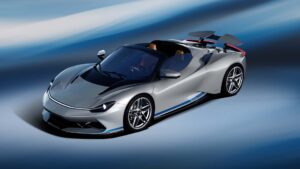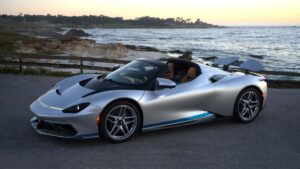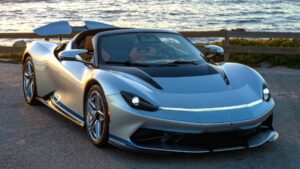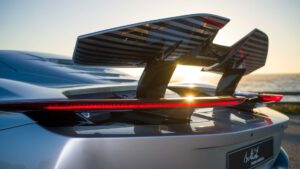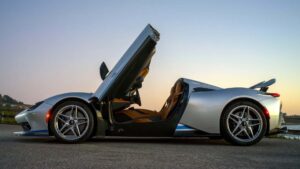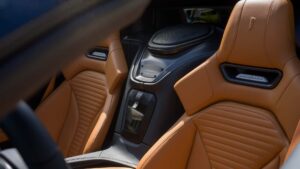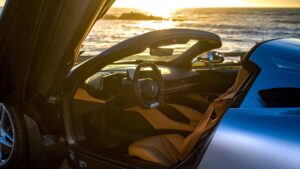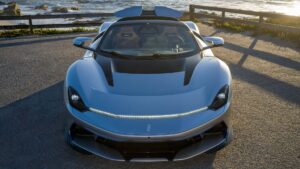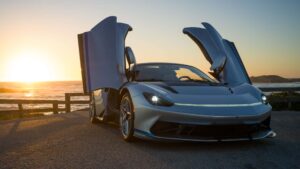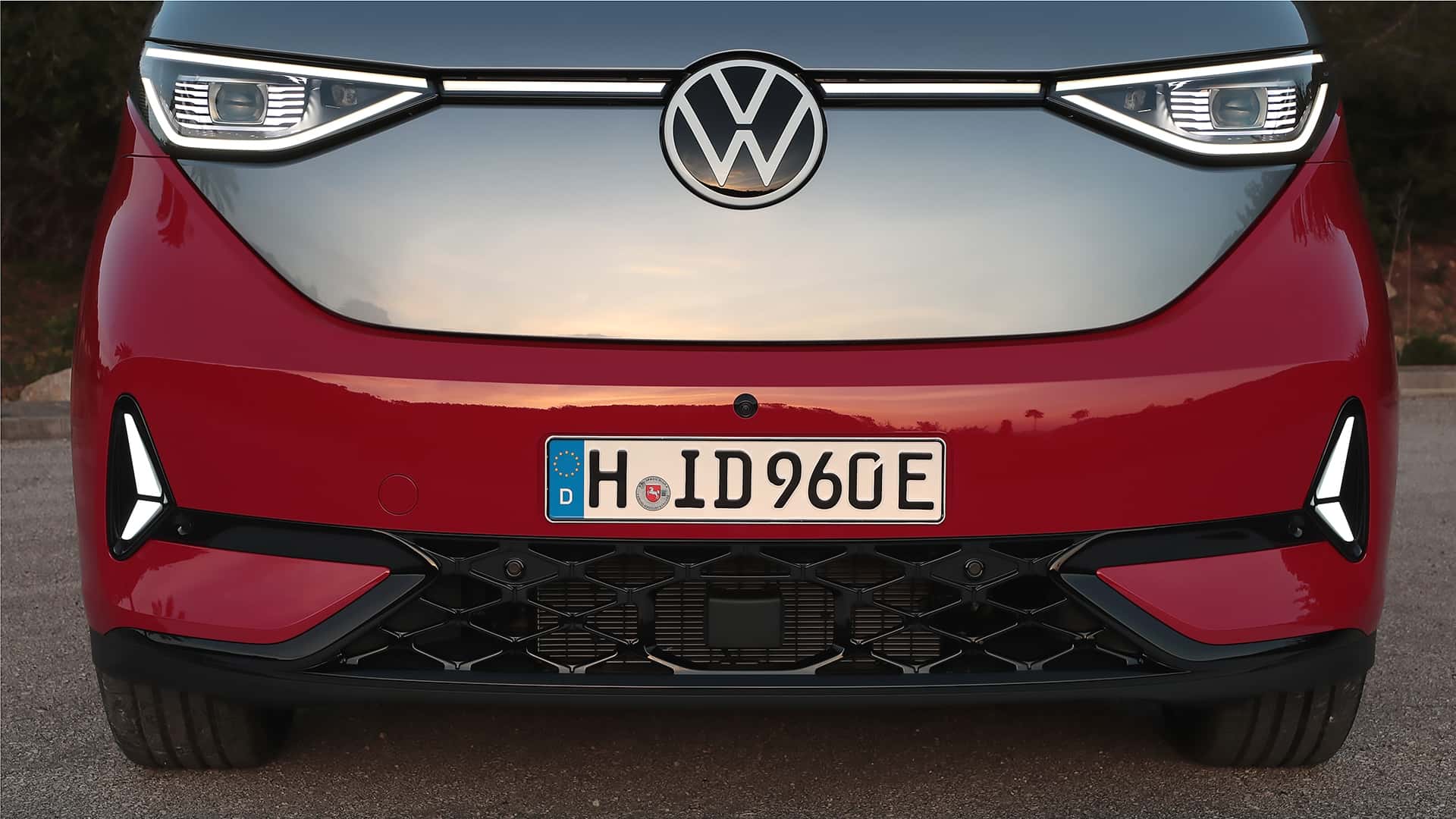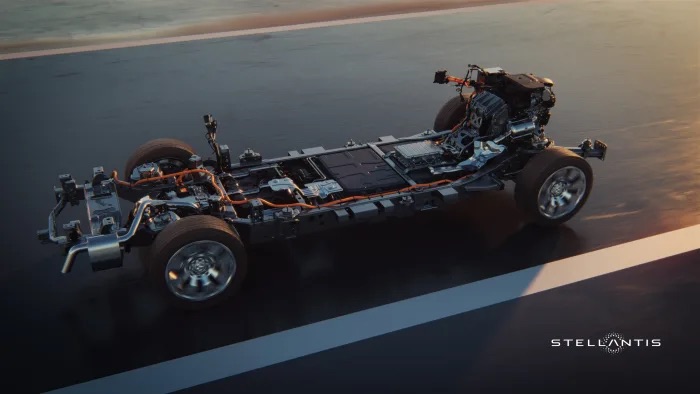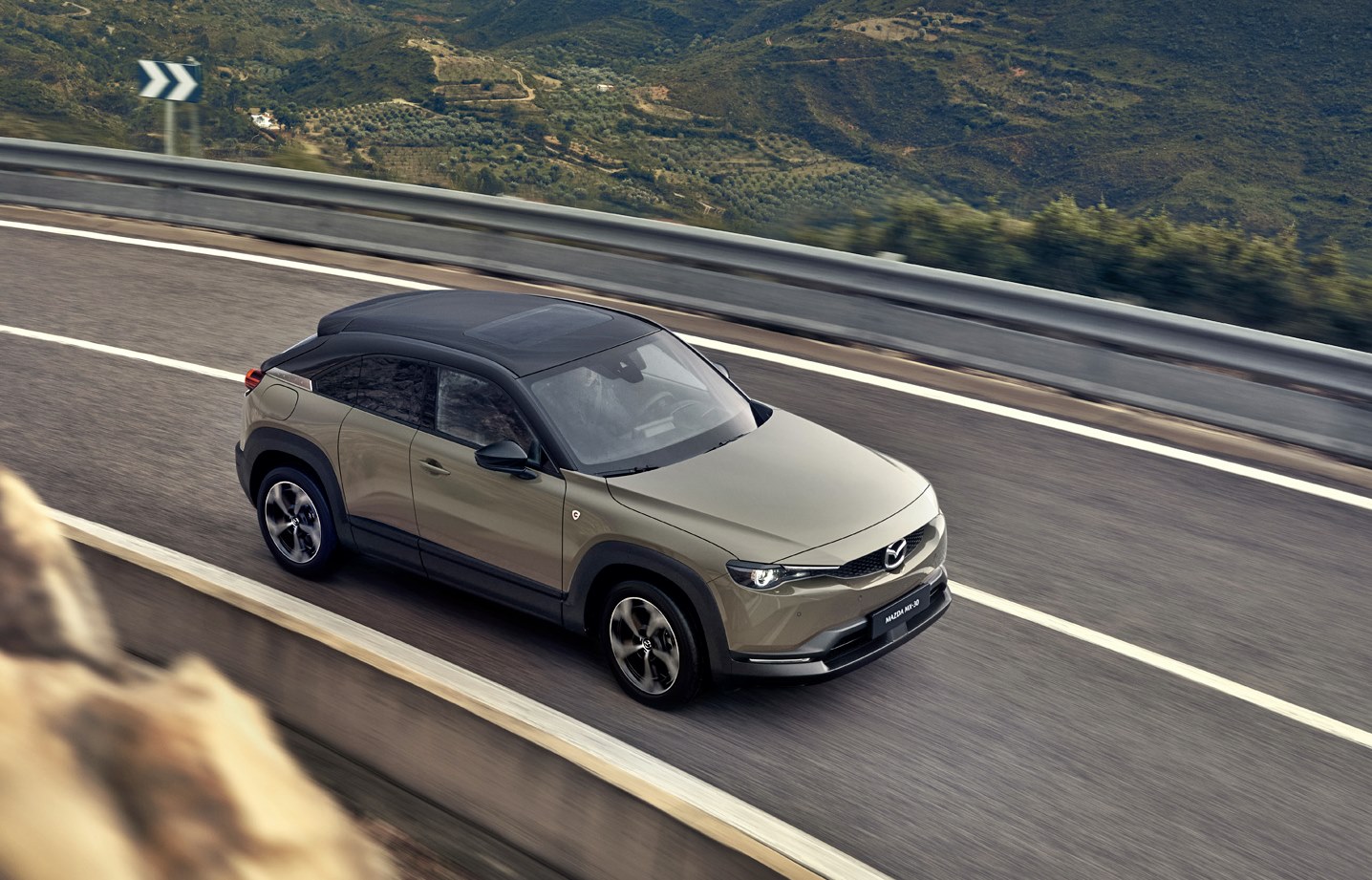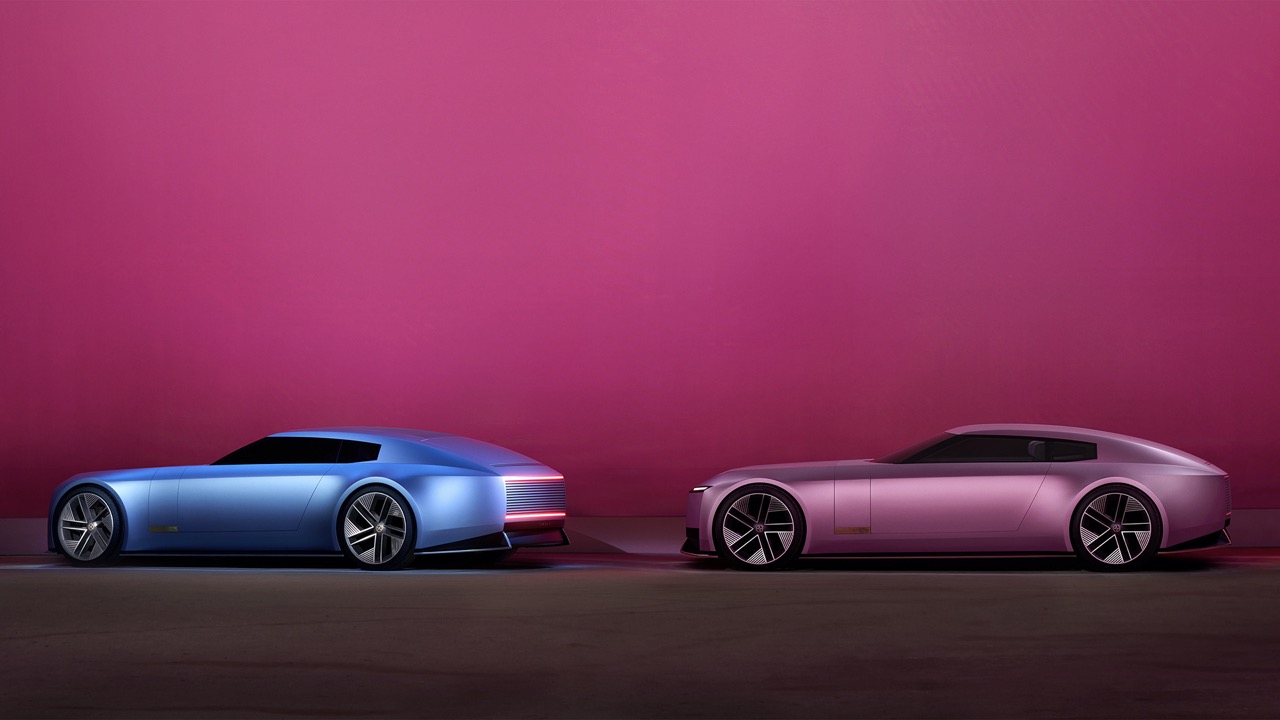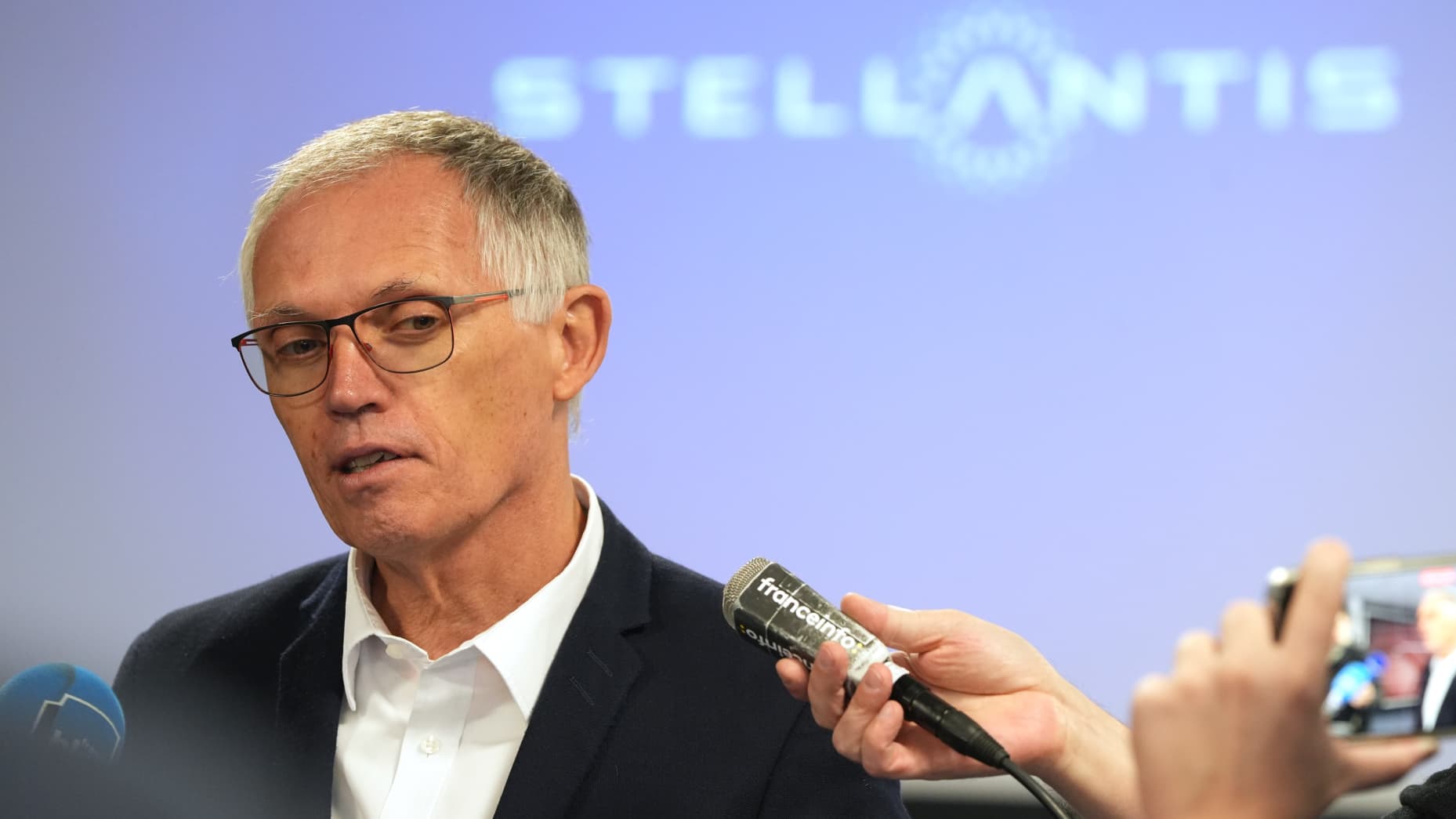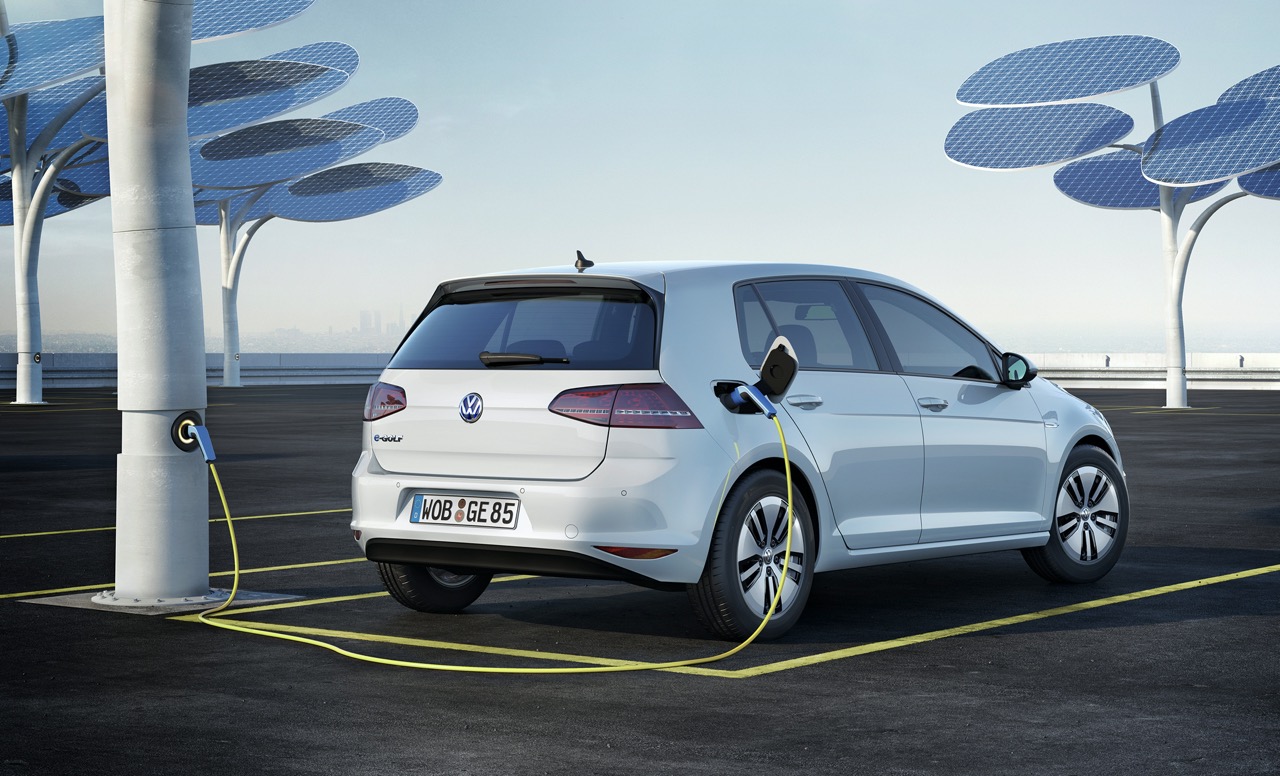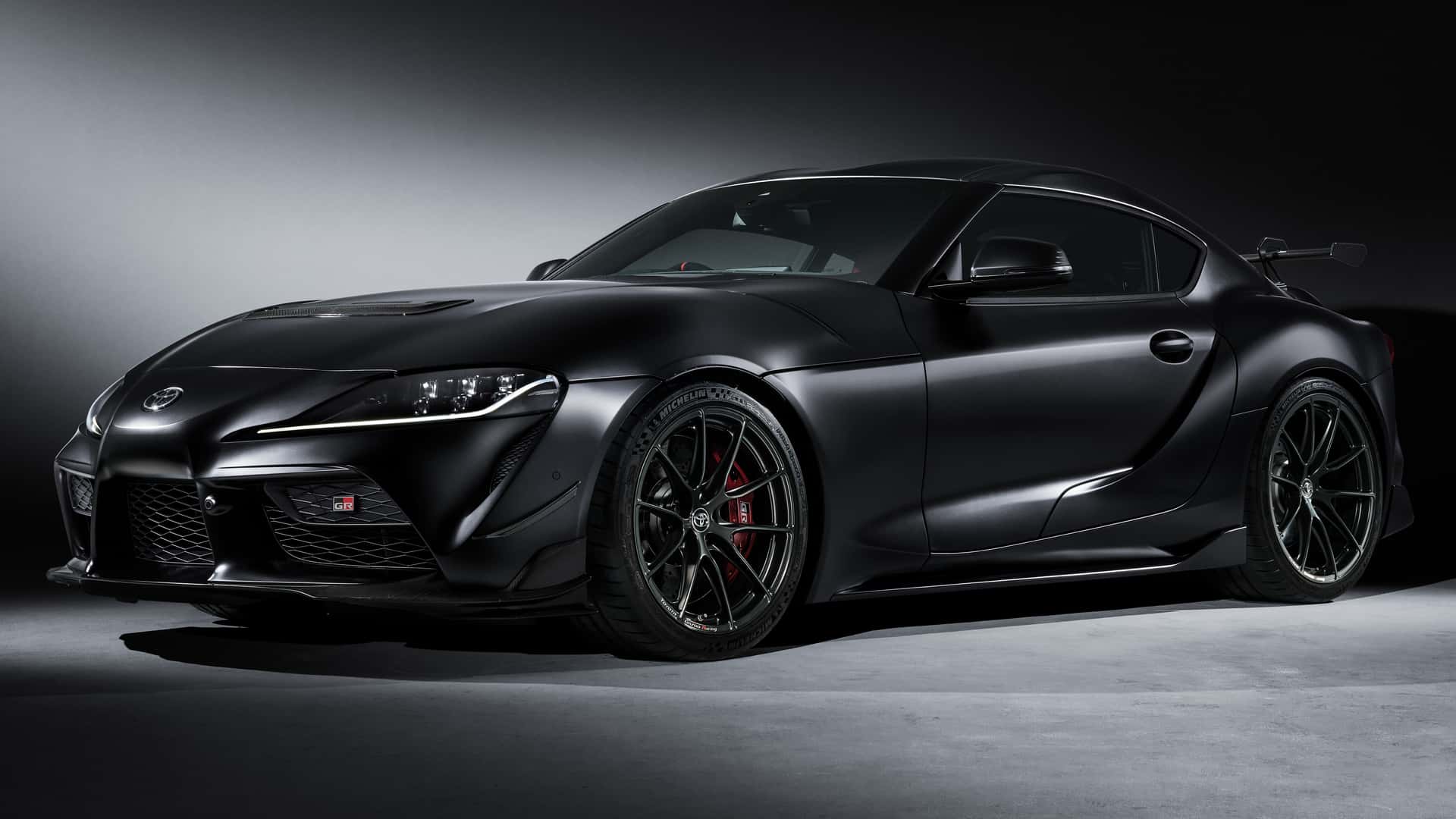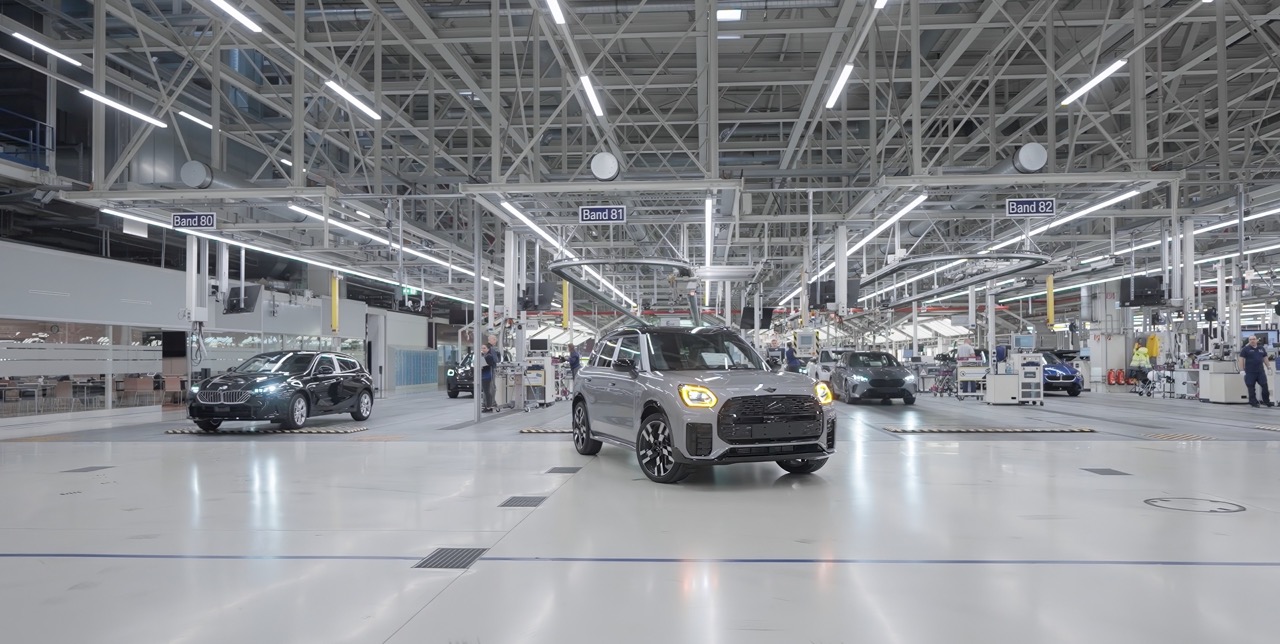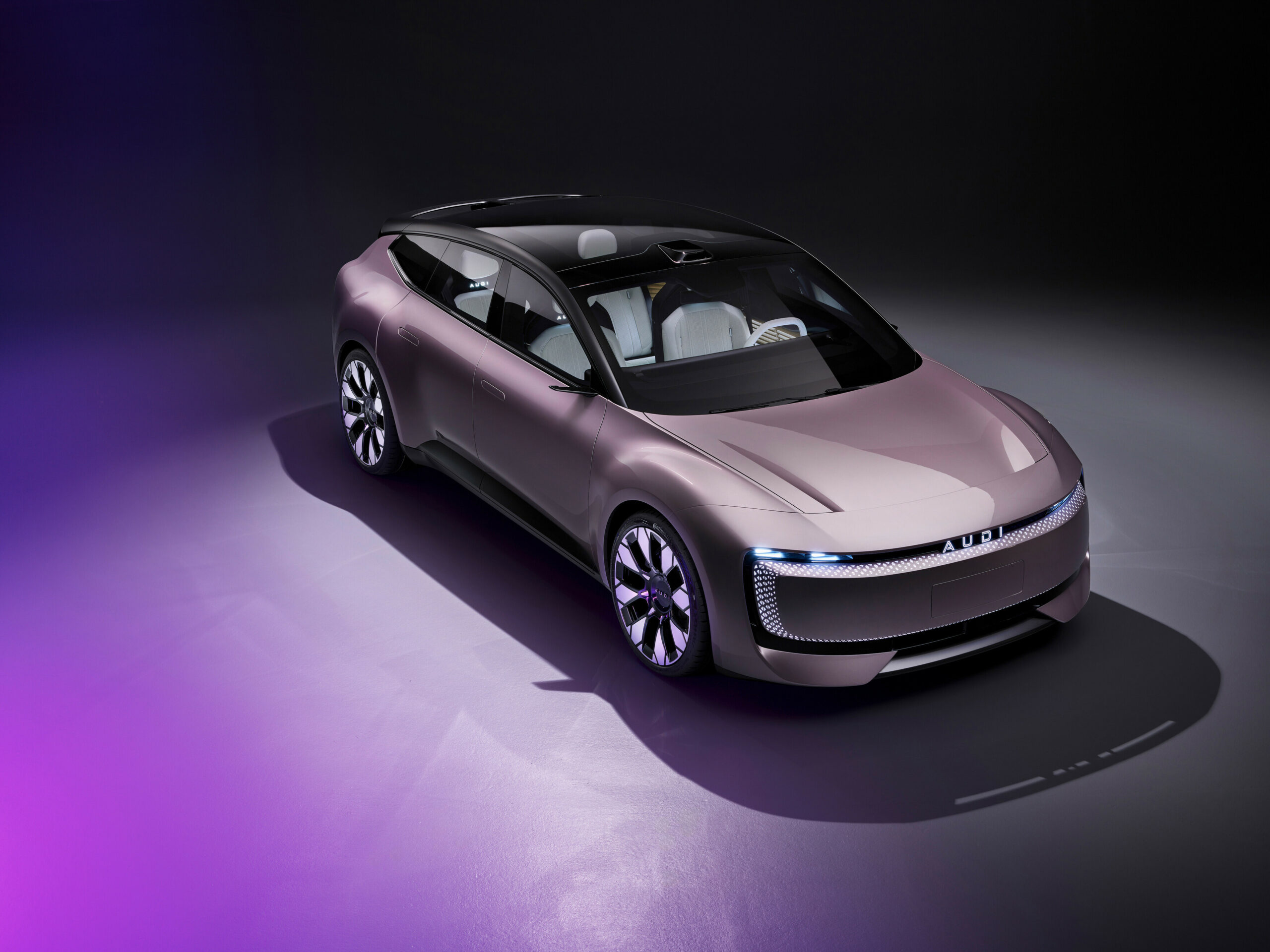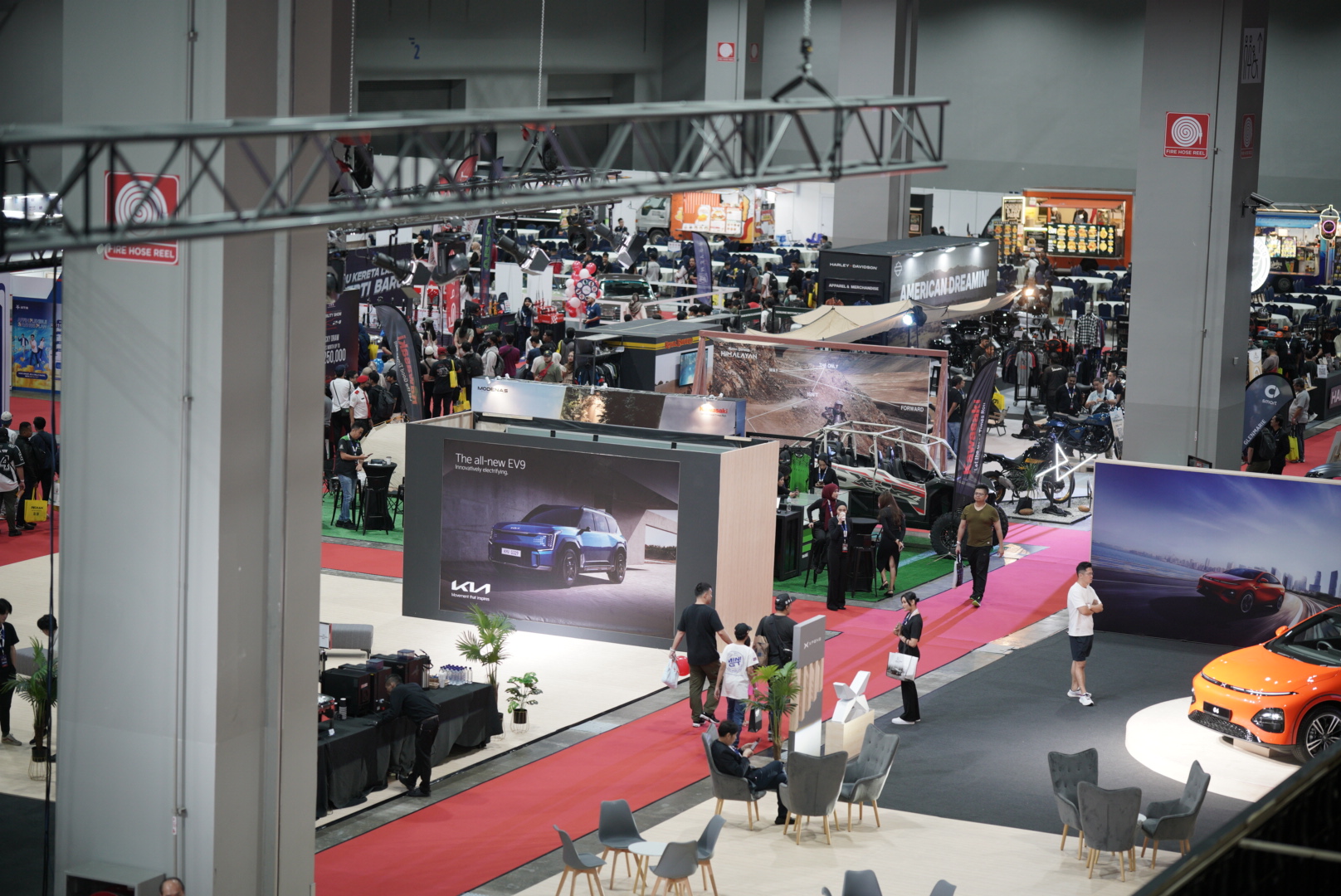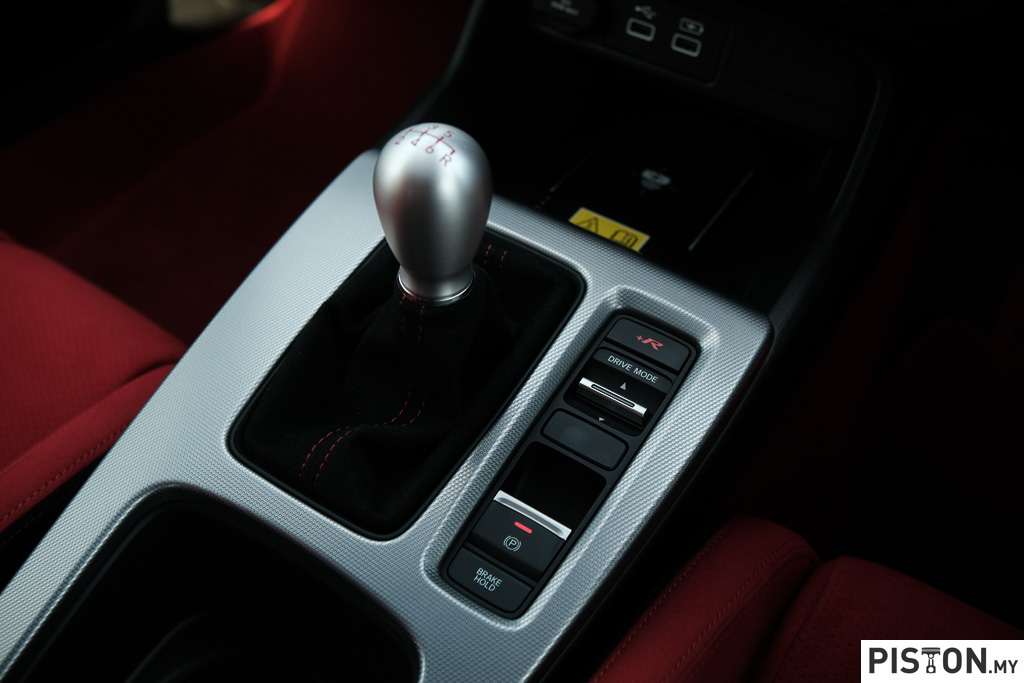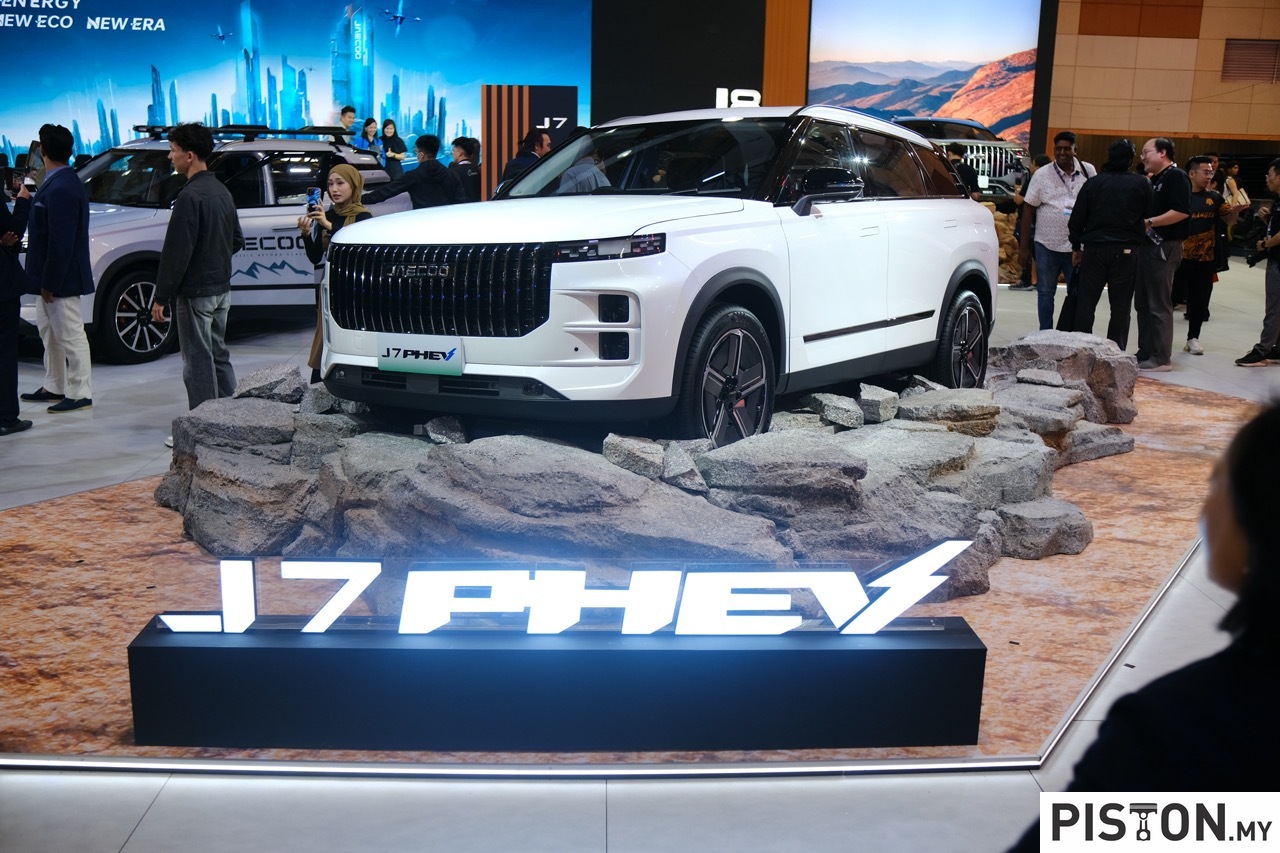Mercedes-AMG is marking a significant milestone in motorsport history this year by celebrating 130 years of racing excellence under the iconic three-pointed star. The celebration pays tribute to the first-ever automotive competition, held on July 22, 1894, from Paris to Rouen, where a Daimler-licensed engine claimed victory.
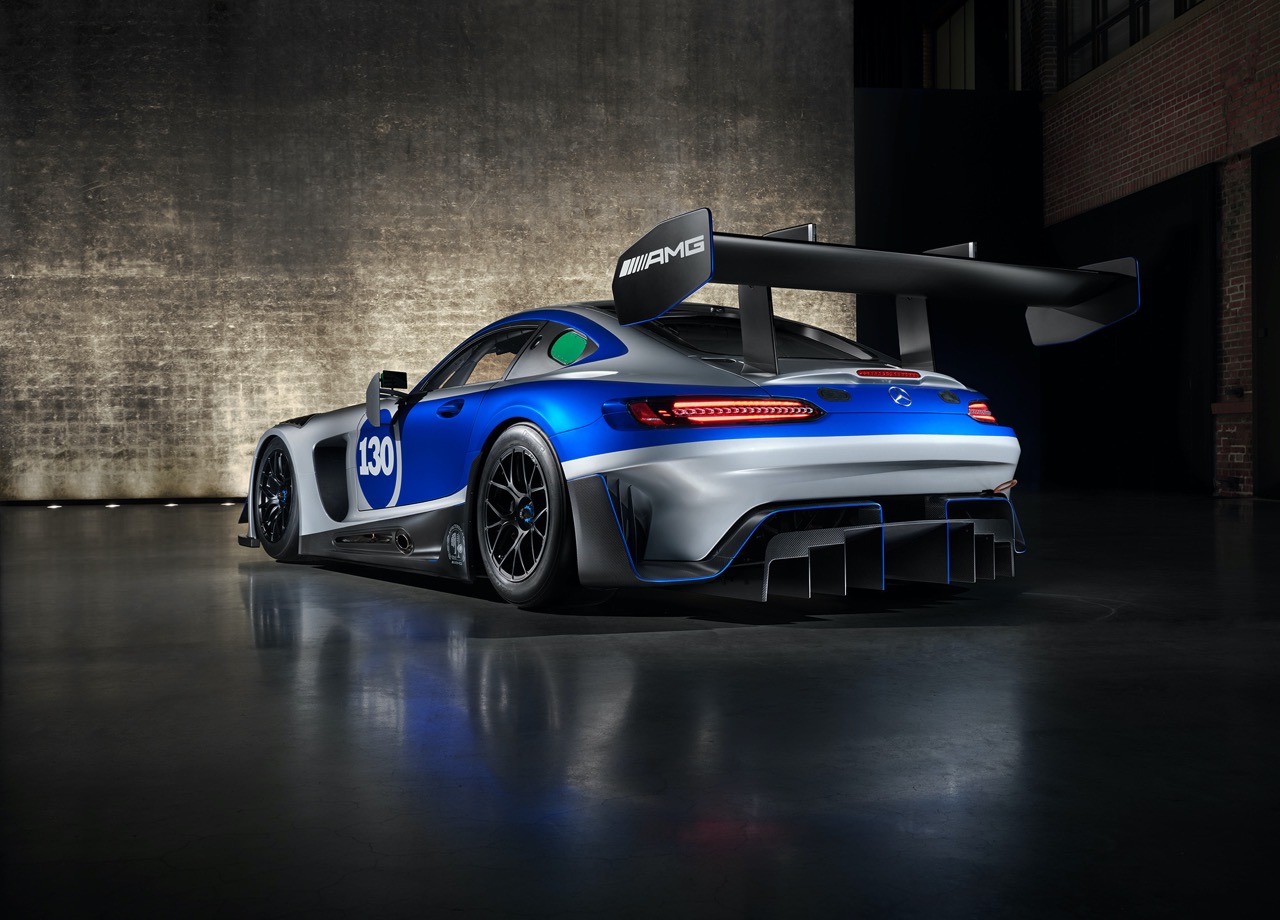
To commemorate this anniversary, Mercedes-AMG introduced the highly exclusive GT3 Edition 130Y Motorsport, which debuted at the Automotive Week in Pebble Beach, California. This limited-edition car, created under the theme “Racing Legend Remastered,” bridges two legendary eras of motorsport by blending cutting-edge racing technology with the timeless design of 1950s racing cars. With a potent engine, this non-homologated model is the most powerful GT3 vehicle ever produced in Affalterbach, and it stands as the final GT3 version to feature a naturally aspirated engine. Only 13 units of this collector’s item will be available worldwide.

Performance and Aerodynamics: Advanced Features
The Mercedes-AMG GT3 Edition 130Y Motorsport goes beyond the standard homologation requirements, allowing the iconic 6.3-litre V8 naturally aspirated engine to be further refined. Without the constraints of an air restrictor and equipped with a specialised exhaust system, the engine now produces an impressive 680hp. The car’s aerodynamics have also been enhanced, resulting in a 15% increase in downforce compared to the base GT3 model. This improvement comes from a redesigned front splitter, new air outlets in the front wings, modified side skirts, an upgraded underfloor, and a re-engineered rear diffuser.
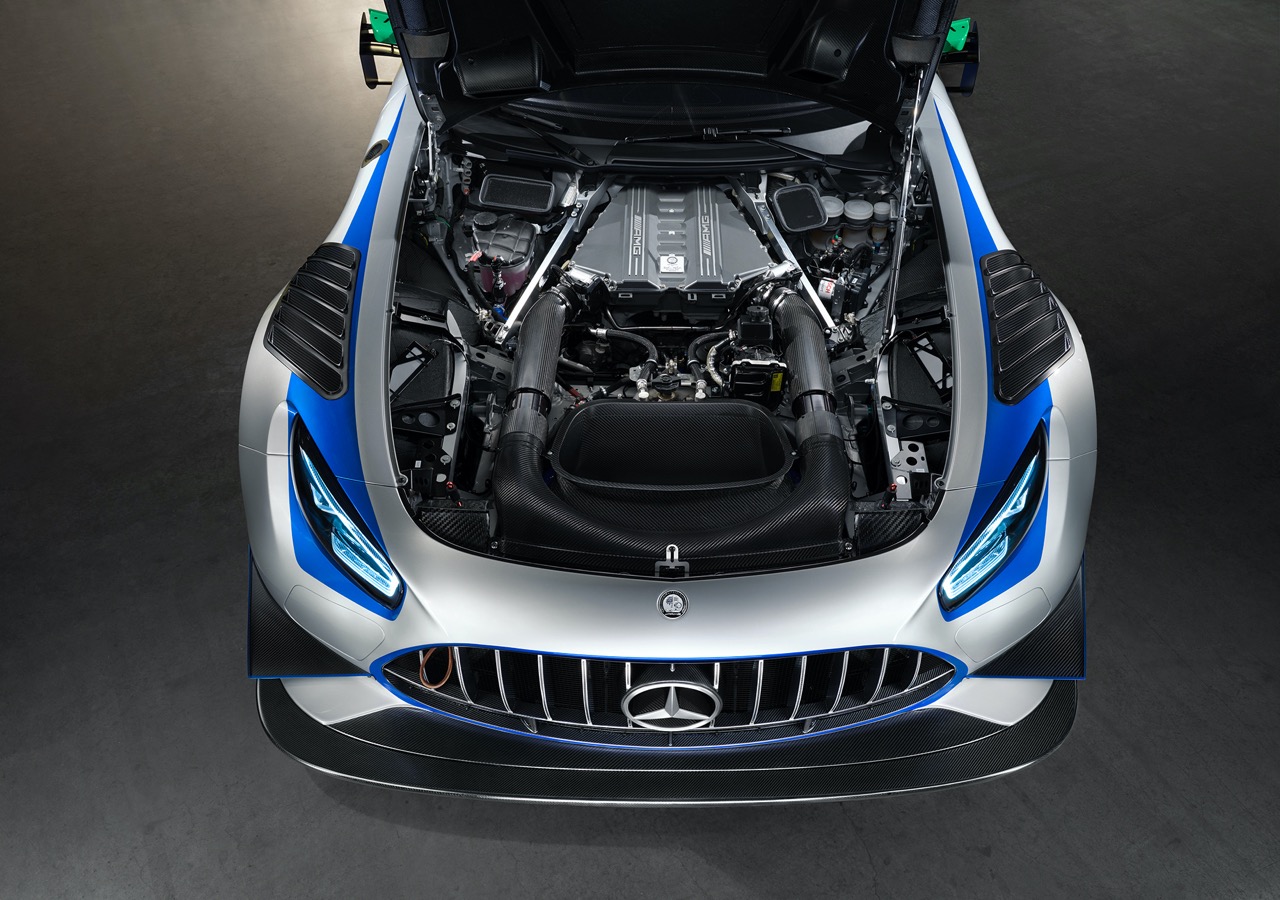
A wider rear wing, combined with the innovative Drag Reduction System (DRS) inspired by Formula 1® and DTM Class 1, allows the car to achieve top speeds exceeding 315km/h. This system adjusts the main rear wing element to reduce drag at the touch of a button, with active front-floor elements ensuring the aero balance is maintained. The braking system, featuring carbon brake discs, further contributes to weight reduction and performance, making the Edition 130Y Motorsport model lighter and more agile than its homologated counterparts.
Power delivery is managed through a sequential six-speed racing transmission with modified gear ratios, while the transaxle transmission is mounted on the rear axle for enhanced stability. Fully adjustable 4-way motorsport shock absorbers and advanced safety features, including a carbon fibre safety cell, five-point harness, steel roll cage, and a comprehensive fire extinguishing system, round out the vehicle’s high-performance package.
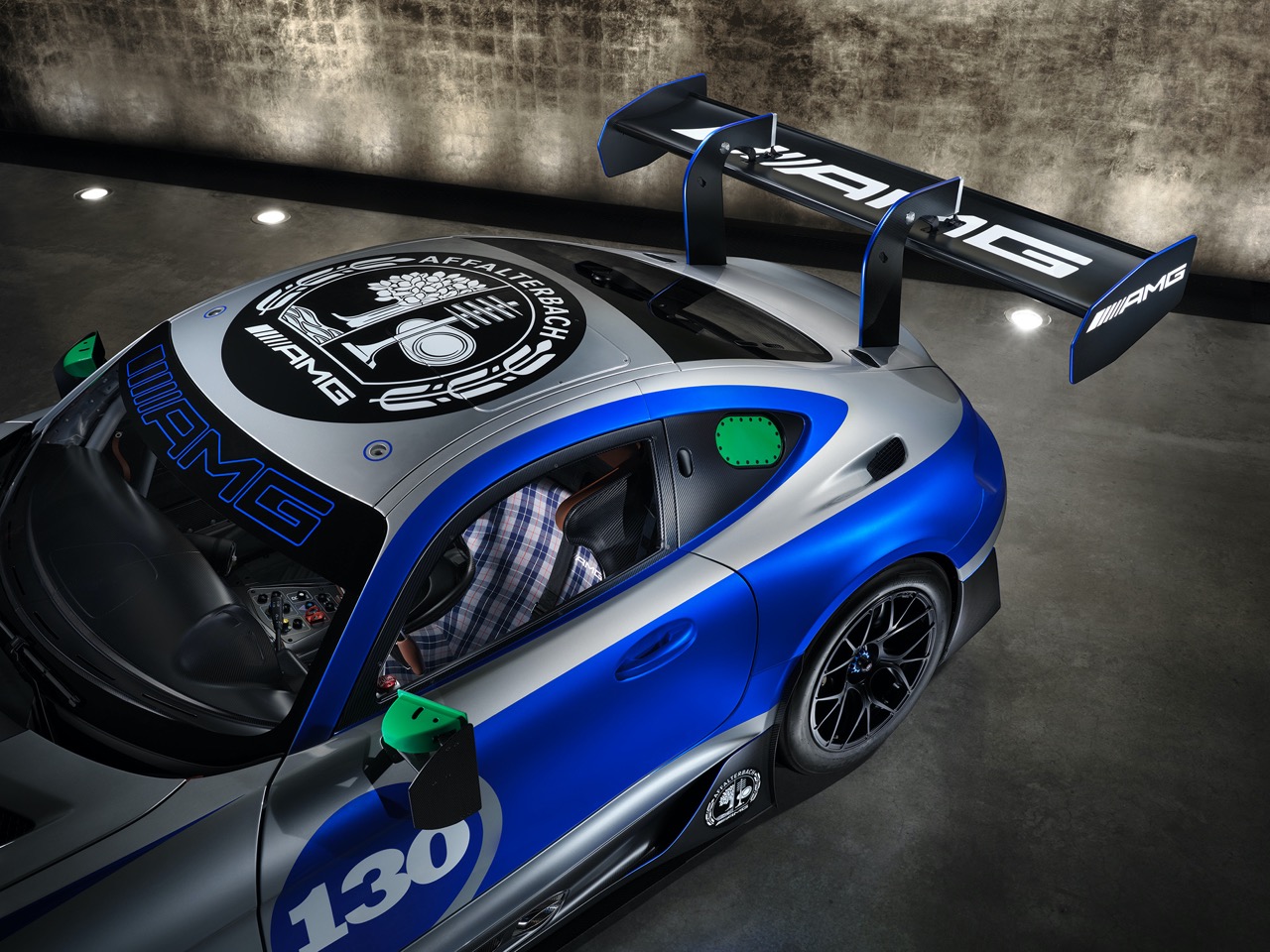
Track Record: Setting New Standards
After two years of meticulous development and rigorous testing, Mercedes-AMG Performance Driver Jules Gounon showcased the exceptional capabilities of the GT3 Edition 130Y Motorsport at the Mount Panorama Circuit in Australia on February 17, 2024. Driving a prototype, Gounon shattered the GT car lap record by an impressive 2.074 seconds, clocking in at 1 minute and 56.605 seconds on the 6.213km circuit.
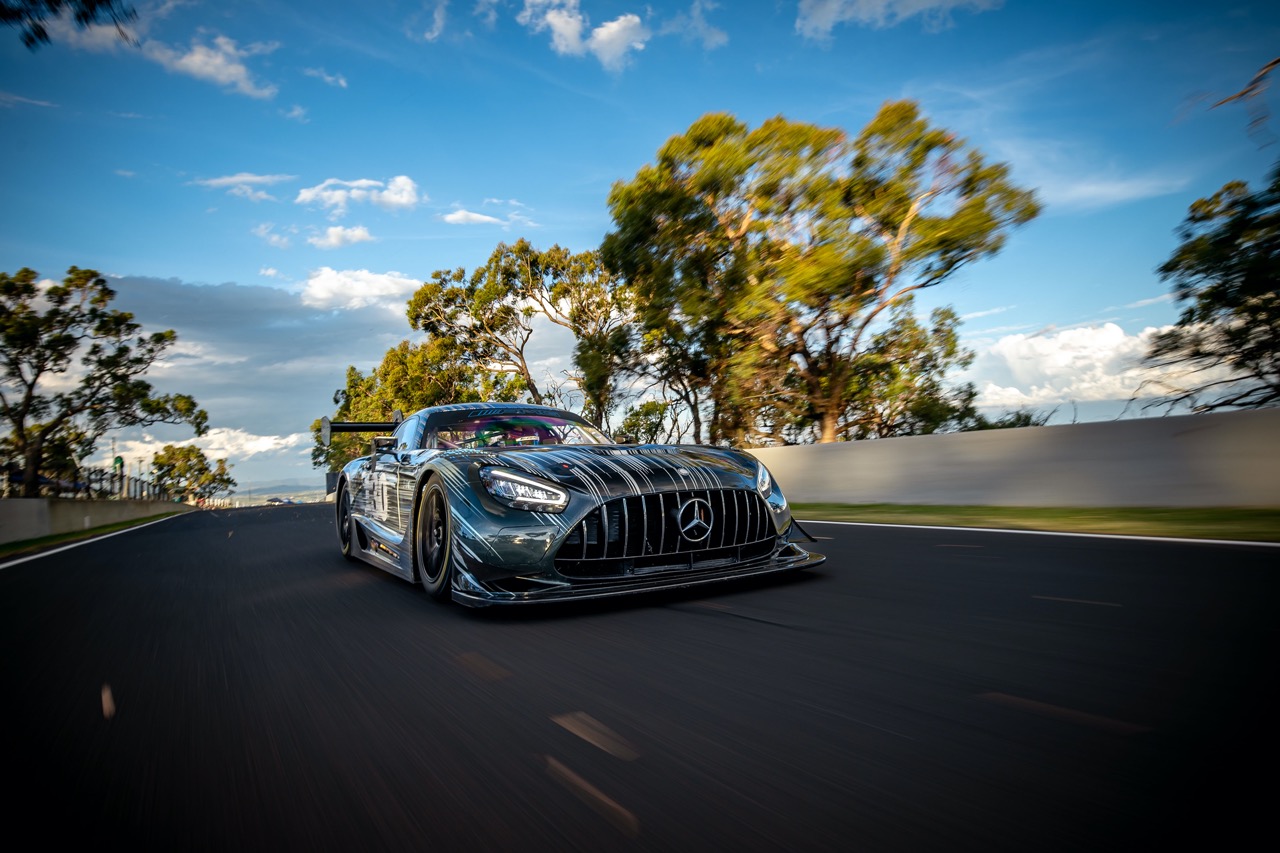
Design: A Fusion of Tradition and Modernity
Drawing inspiration from the legendary 1952 Mercedes-Benz 300 SL W 194 racing sports car, the GT3 Edition 130Y Motorsport features a design that honours the past while embracing the future. The special edition boasts a unique silver paint finish reminiscent of the iconic Silver Arrows, with blue rhombuses on the front wings and a colour-accented radiator grille harkening back to historic racing victories.
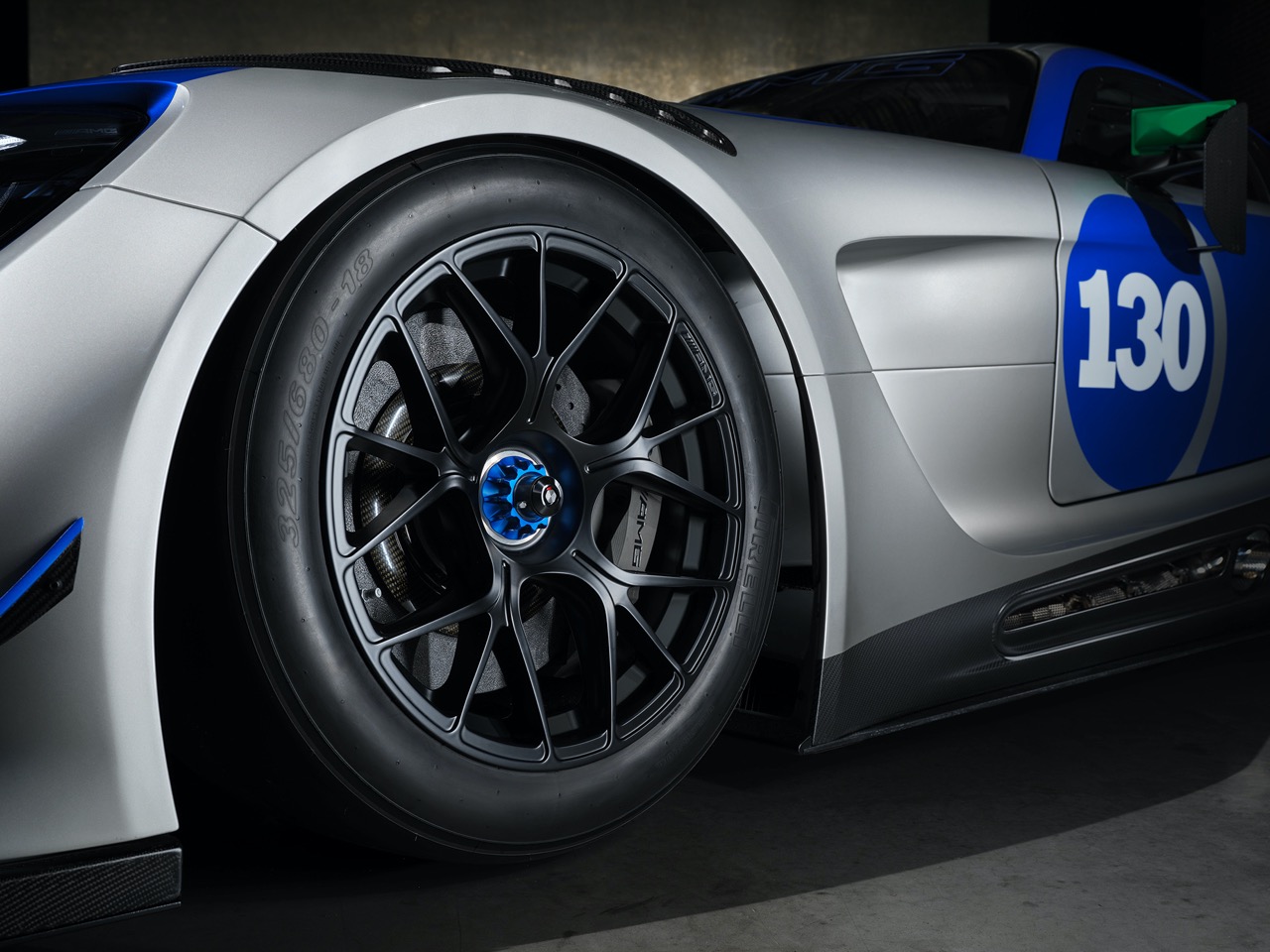
The car is equipped with lightweight 18-inch magnesium rims and extensively incorporates carbon fiber elements, blending classic design cues with modern racing technology. Inside, the connection between tradition and innovation continues, with the interior drawing aesthetic inspiration from the 1955 Mercedes-Benz SLR 300 models. This is evident in the blue checkered seat upholstery and brown leather headrests and door loops, while advanced technologies like the Bosch DDU 10 cockpit display enhance driver control and experience.
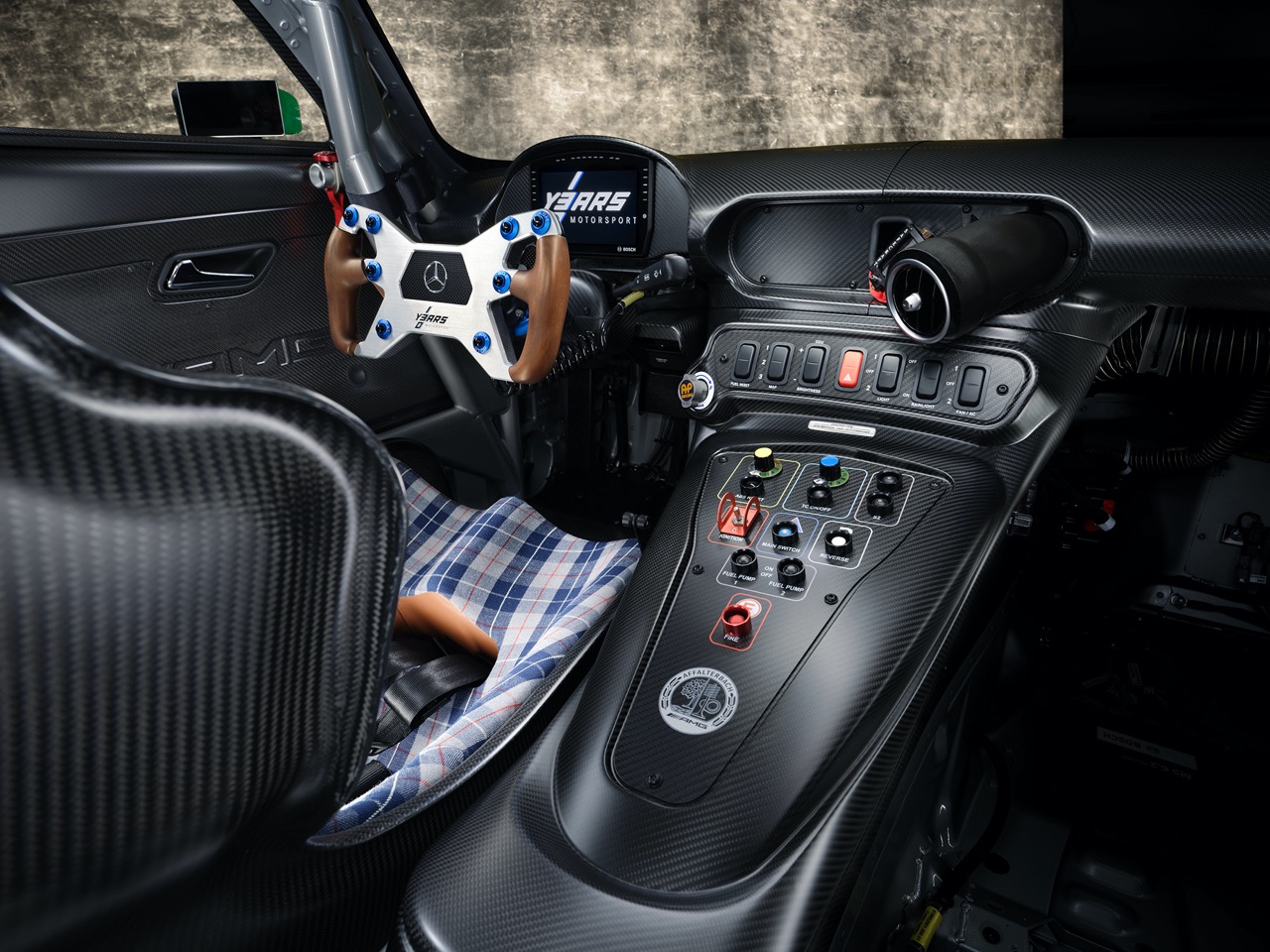
Exclusivity: A Complete Package for Collectors
Each of the 13 GT3 Edition 130Y Motorsport models comes with an extensive and bespoke delivery package. This includes a specially designed vehicle cover, a full set of personalised racing gear co-created with Mercedes-AMG’s official partner PUMA, and a custom helmet from BELL. Additionally, buyers receive a stylish bag matching the car’s seat cover design and a 1:8 scale model of the GT3 Edition 130Y Motorsport. To certify the vehicle’s authenticity, an exclusive, personalized certificate is included, further cementing its status as a prized collector’s item.




